Day of the Dead, or Día de Muertos, is celebrated from October 31 to November 2 every year. It is one of Mexico’s most visually striking and deeply spiritual traditions, with roots that trace back to pre-Hispanic civilizations like the Mexica, Maya, and Purepecha. Blending ancient beliefs with Catholicism, it honors the dead by inviting their souls back to the world of the living through celebrations full of color, music, and food.
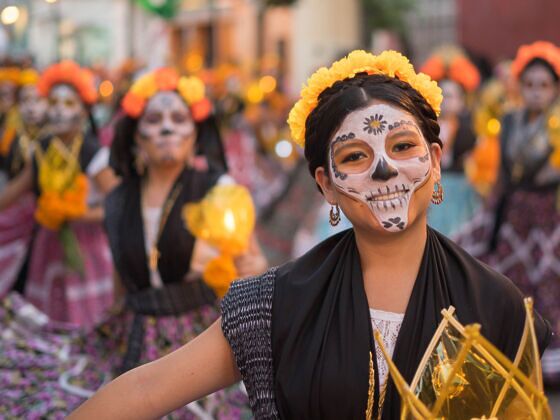

Día de Los Muertos in Mexico: A Visual Guide
Día de Muertos symbolism
Day of the Dead is about the profound connection between the living and the departed. This connection is manifested through the use of iconic elements, from the traditional sugar skulls to elaborate altars. Locals and tourists alike are not only drawn by the aesthetic appeal of the celebration, but by the deep meaning behind every trinket that adorns traditional ofrendas and the graves at local cemeteries.
La ofrenda
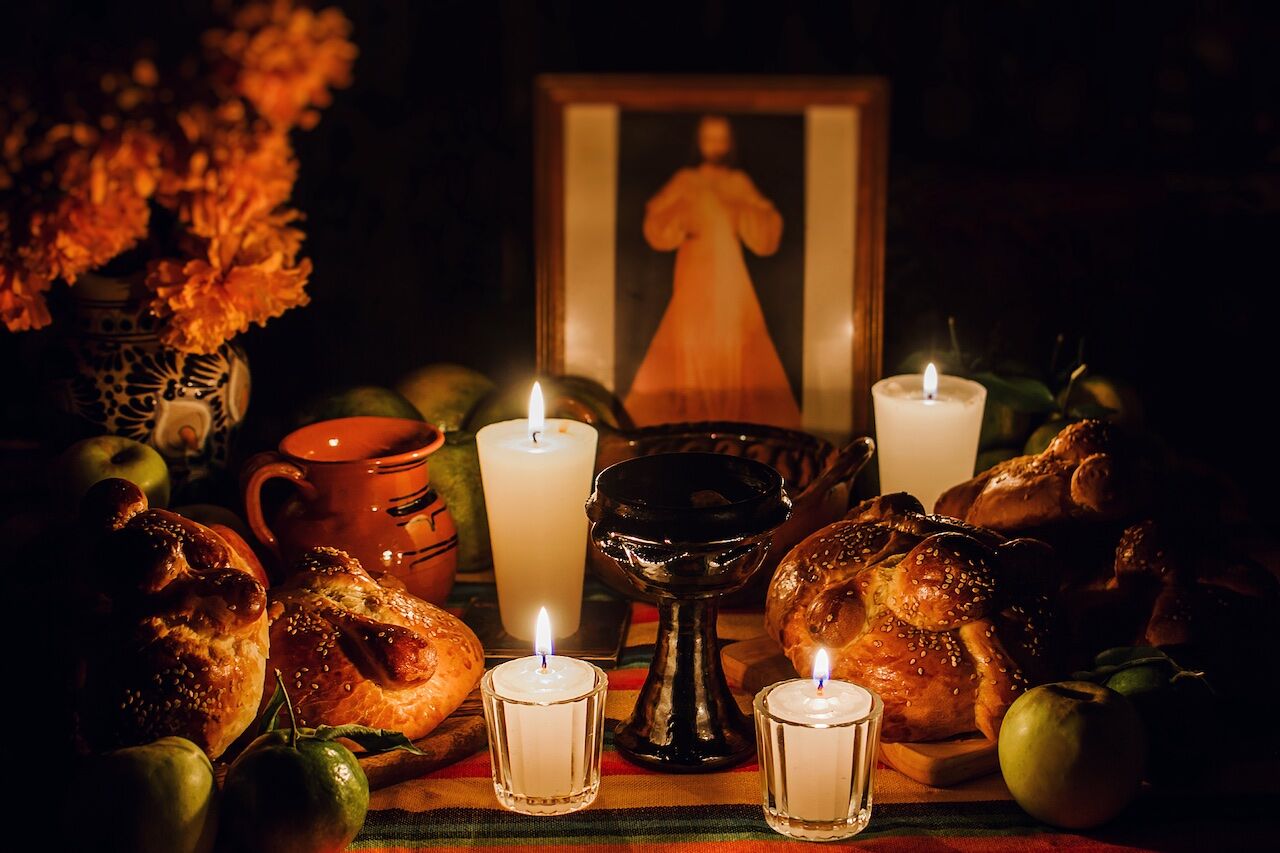
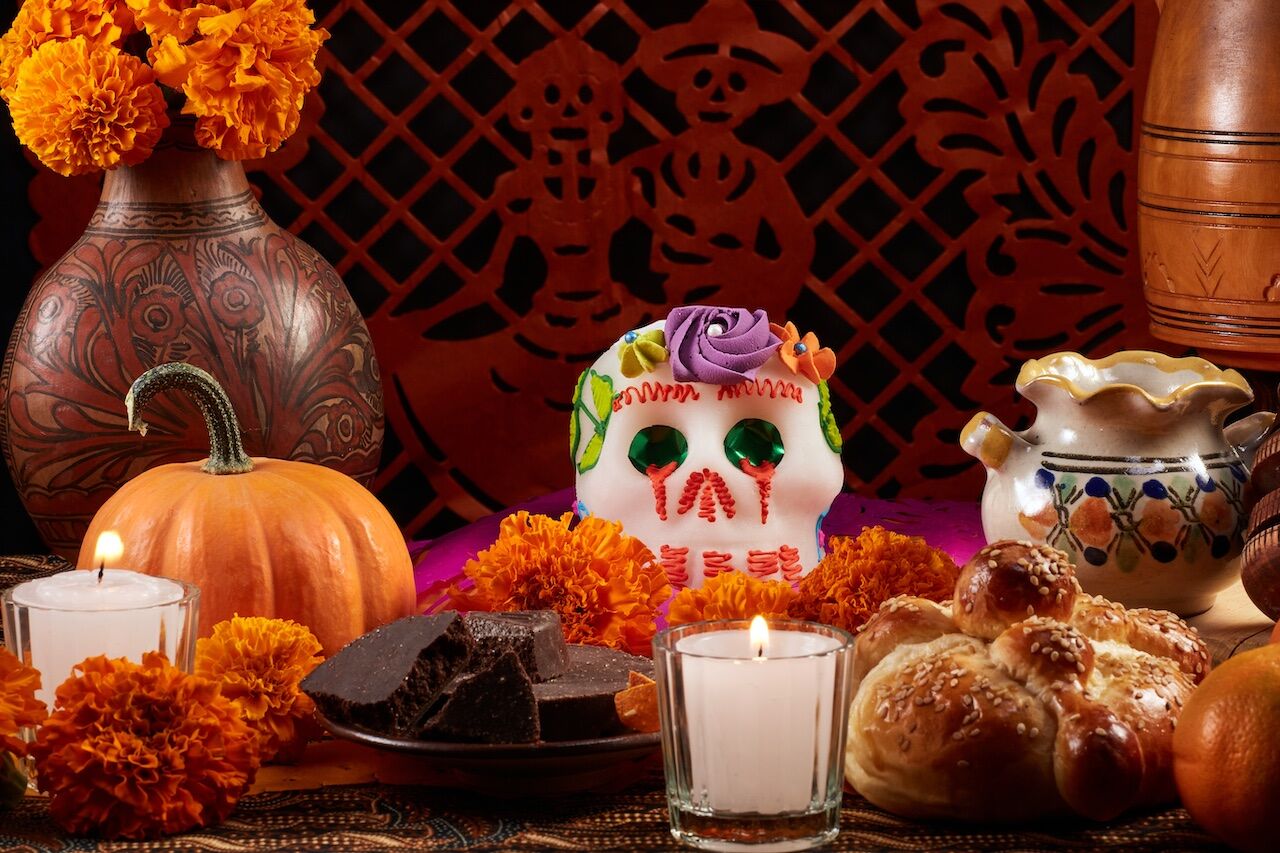
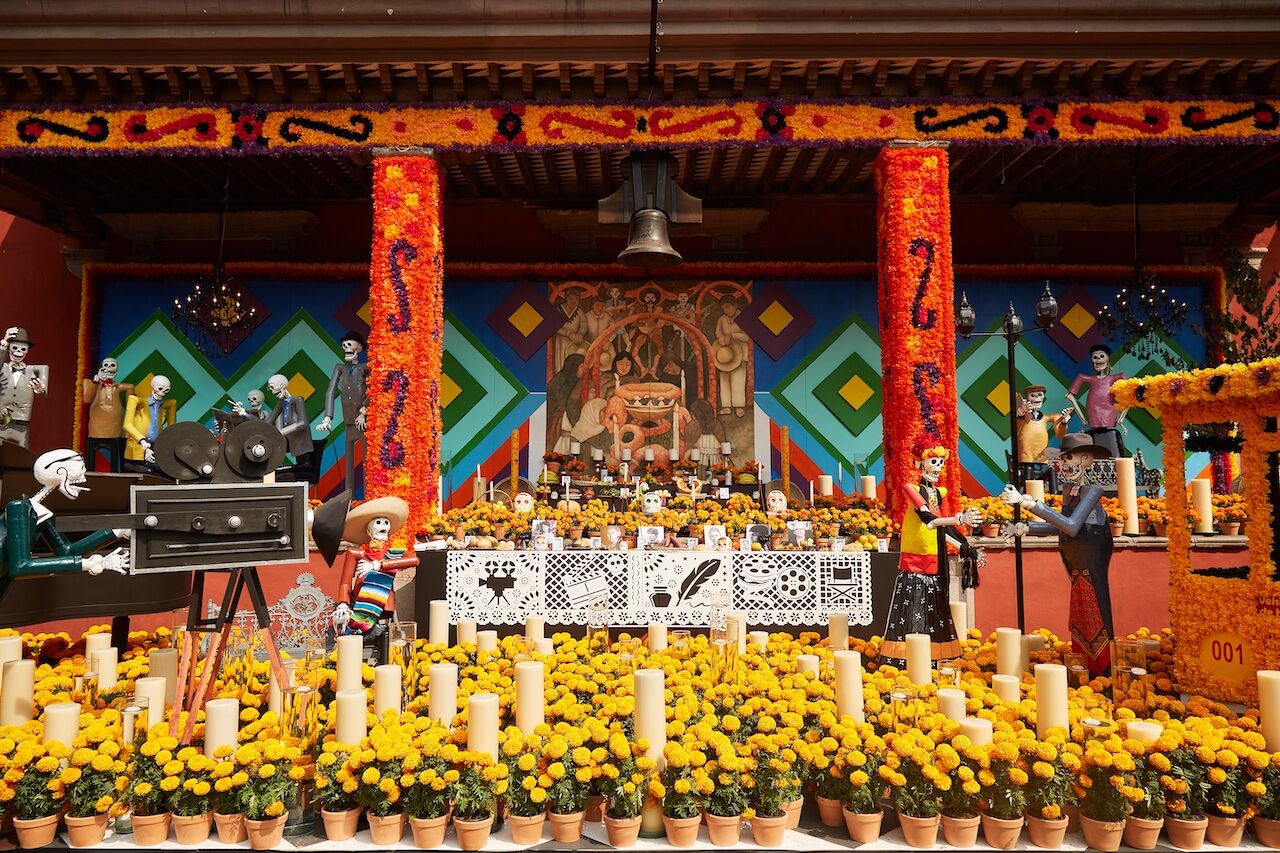
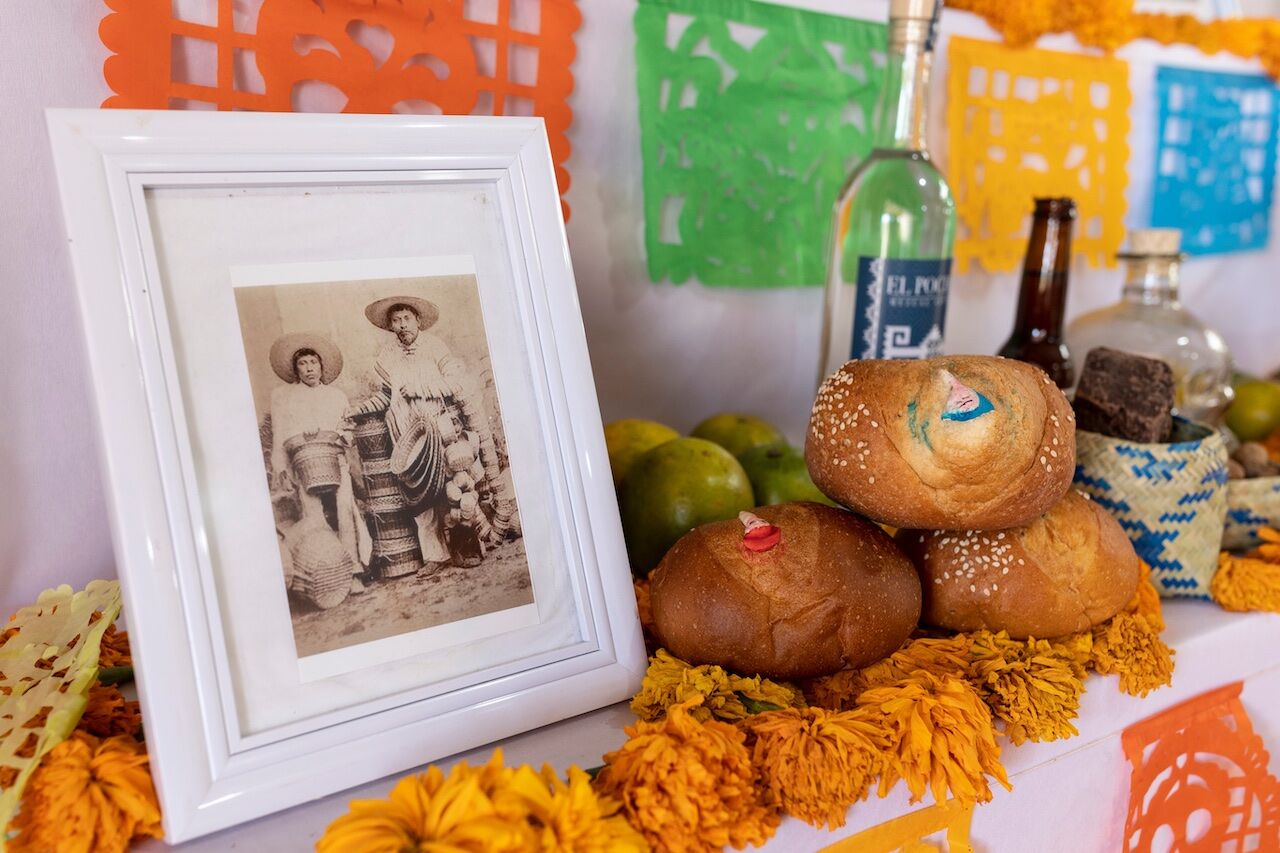
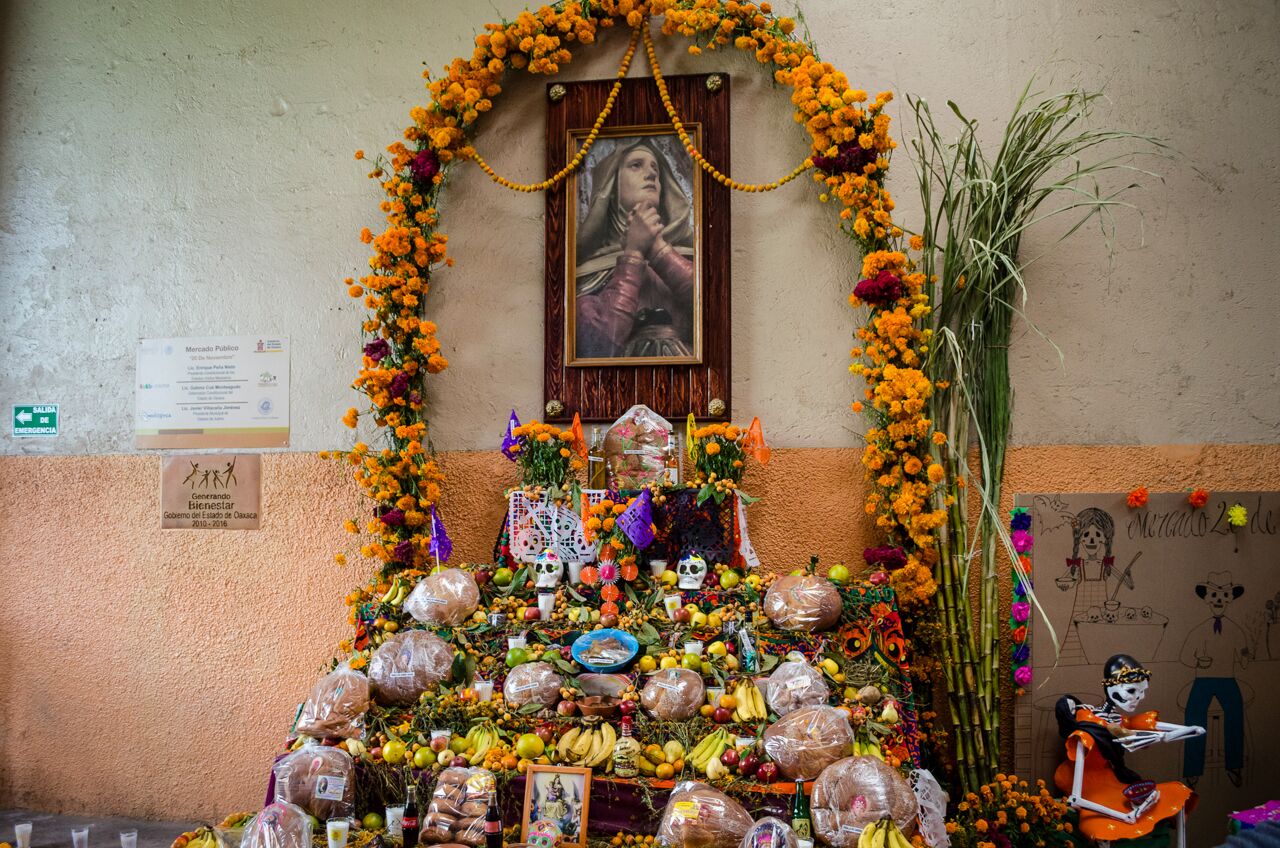
Ofrendas are the heart of Day of the dead celebrations across Mexico, serving as the central element through which families honor and remember their loved ones. These altars, adorned with photographs, food, candles, flowers, and personal mementos, are believed to guide the souls of the departed back to the world of the living.
Cempasúchil: The flower of the dead

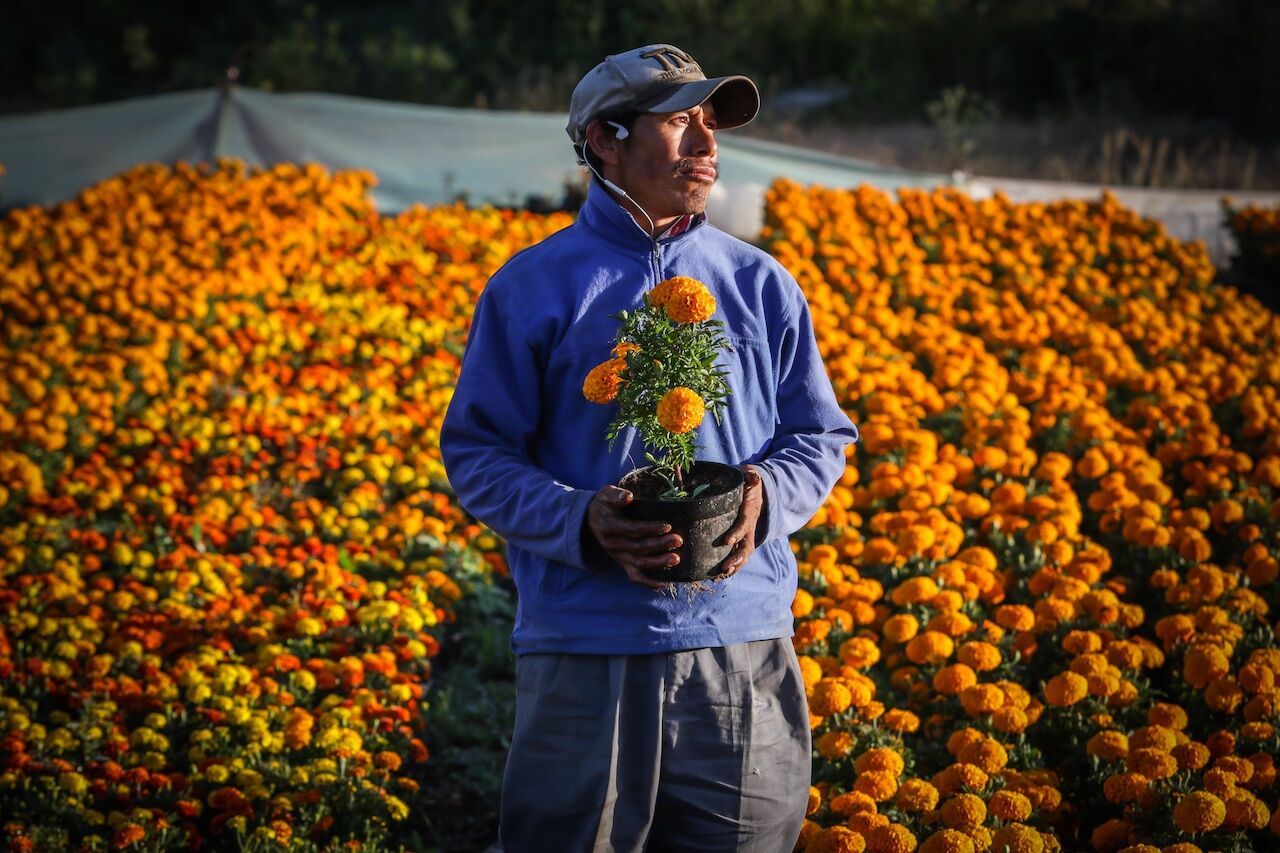
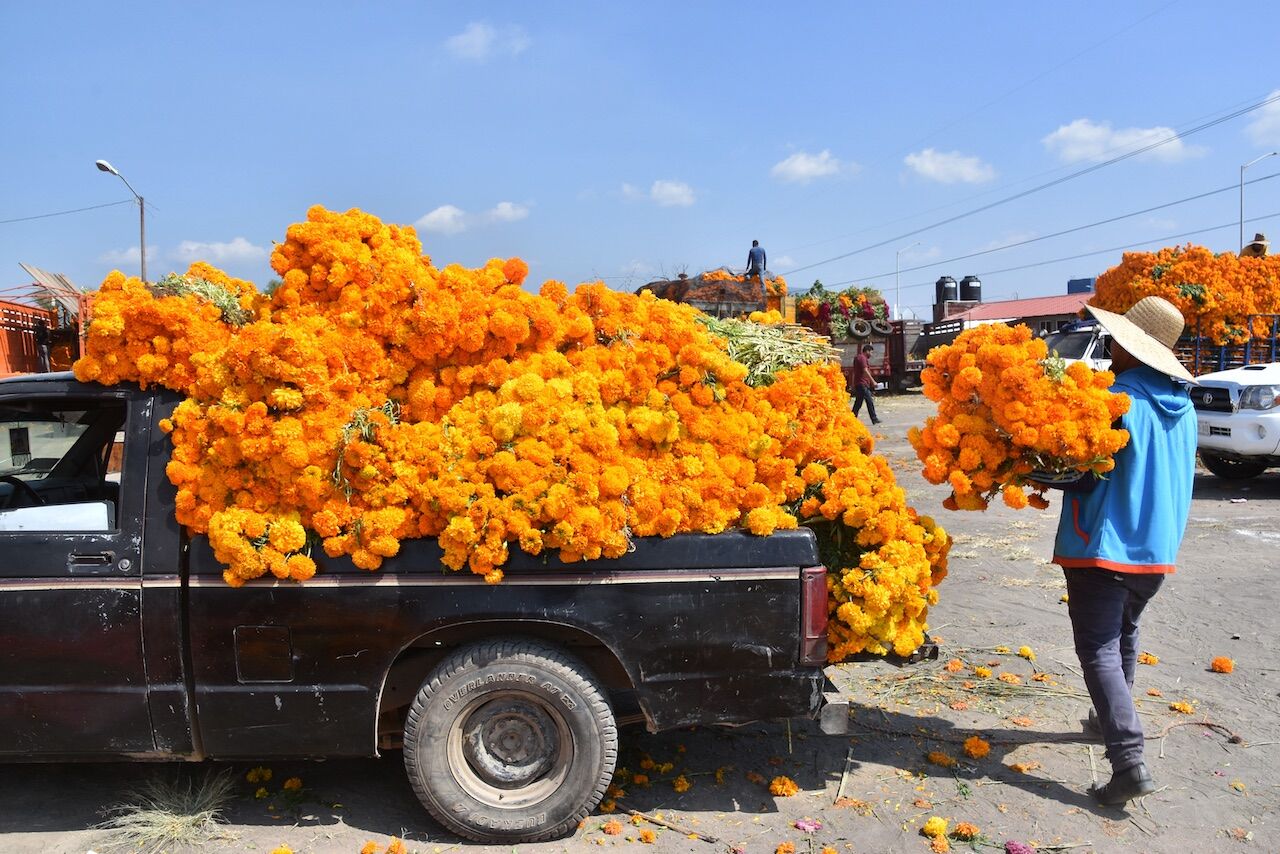
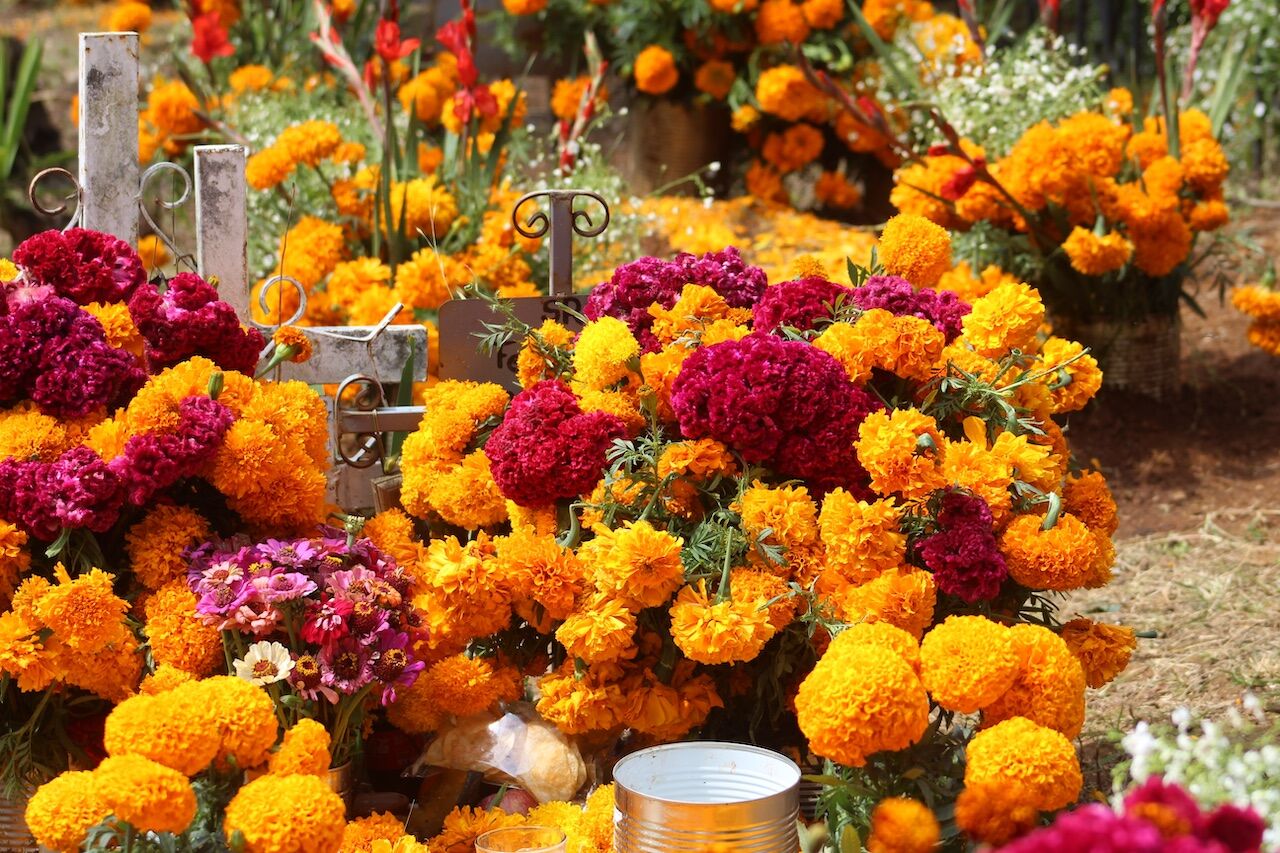
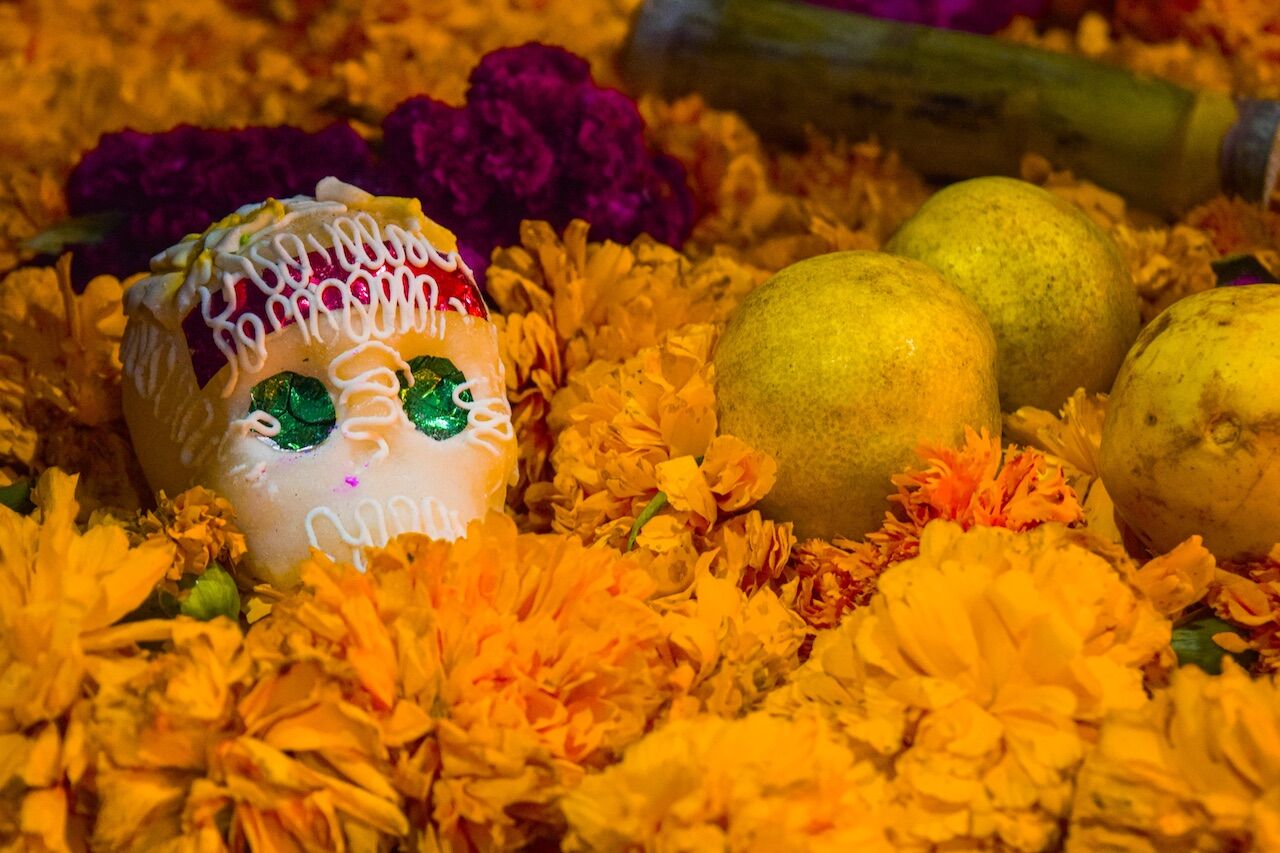
Vibrant cempasúchil flowers (the local name for native marigolds) are one of the most characteristic elements of the ofrenda. The flower’s use dates back to pre-Hispanic times, when the Aztecs associated it with the sun and the afterlife. The use of marigolds in spiritual celebrations is not exclusive to Mexico: in Hindu traditions, marigolds are offered to deities during festivals like Diwali.
Pan de muerto
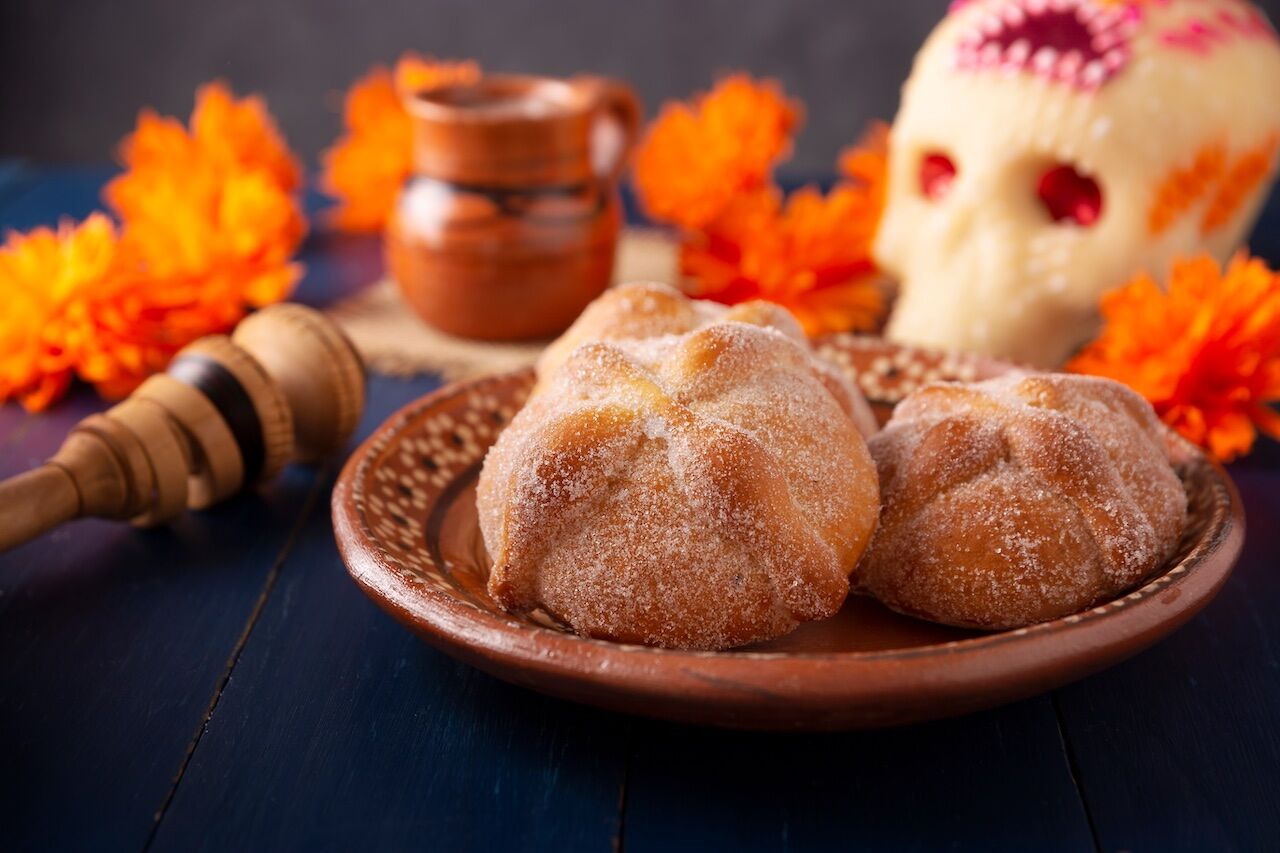


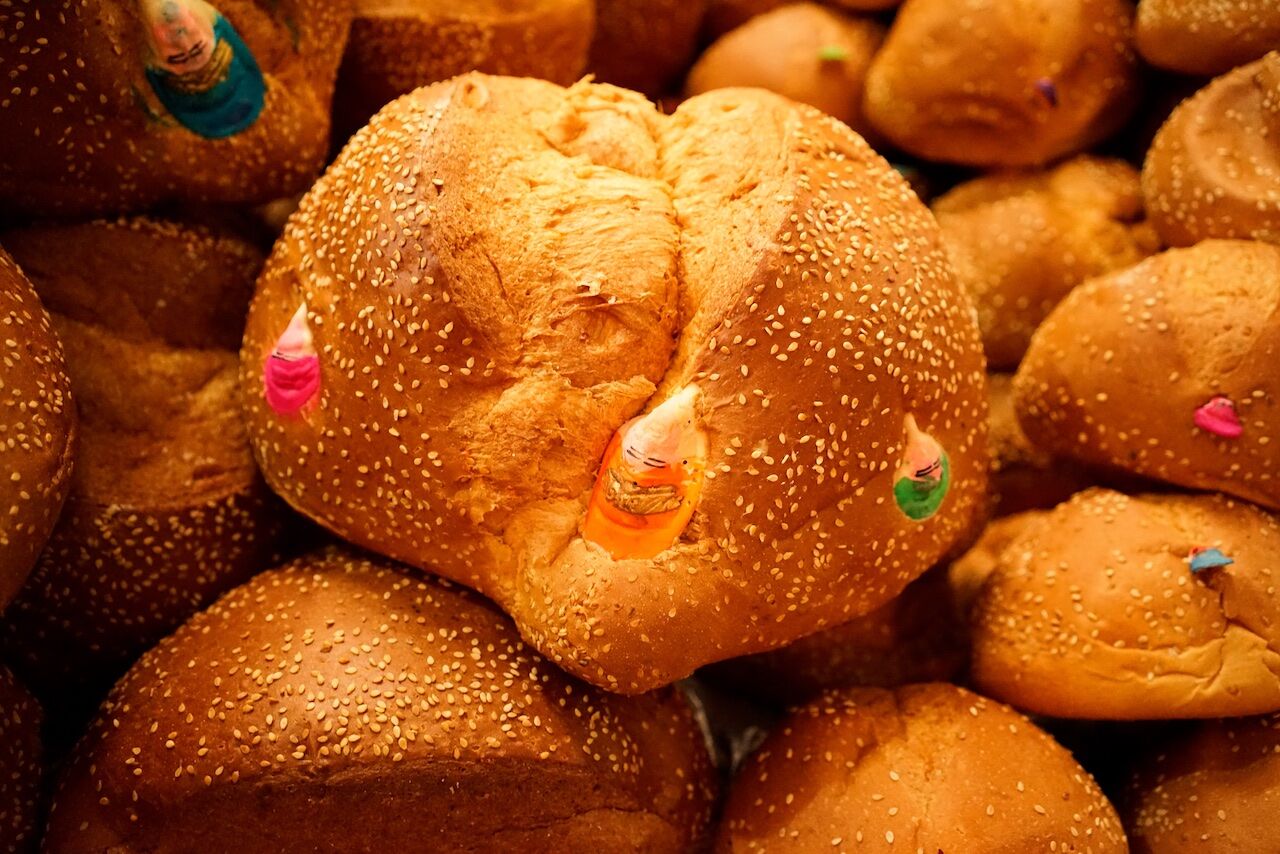

Of course, no celebration in Mexico comes without delicious traditional food. Pan de muerto (bread of the dead) is essential to Día de los Muertos festivities. There are several kinds of pan de muerto, but the most traditional one is a round piece of bread with bone-shaped pieces of dough on top.
Calaveras
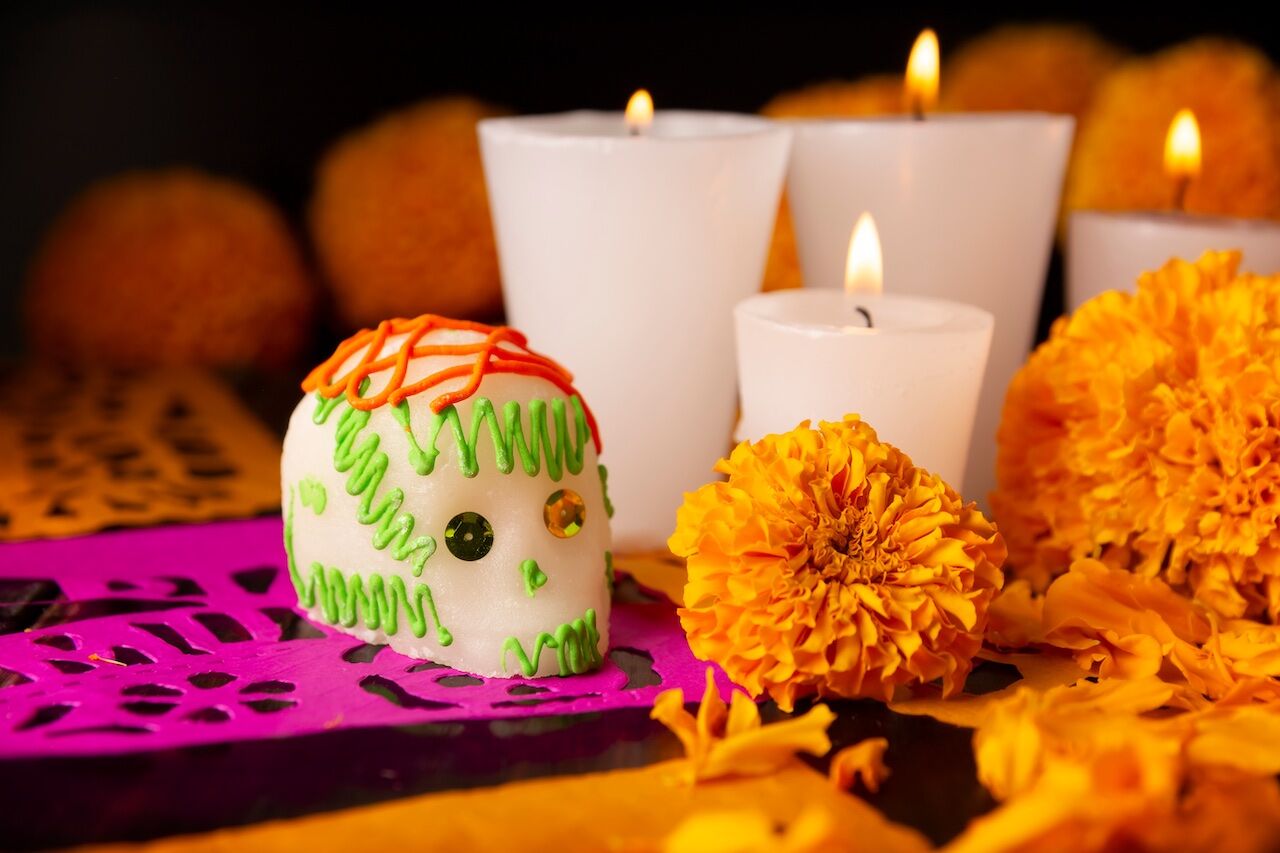

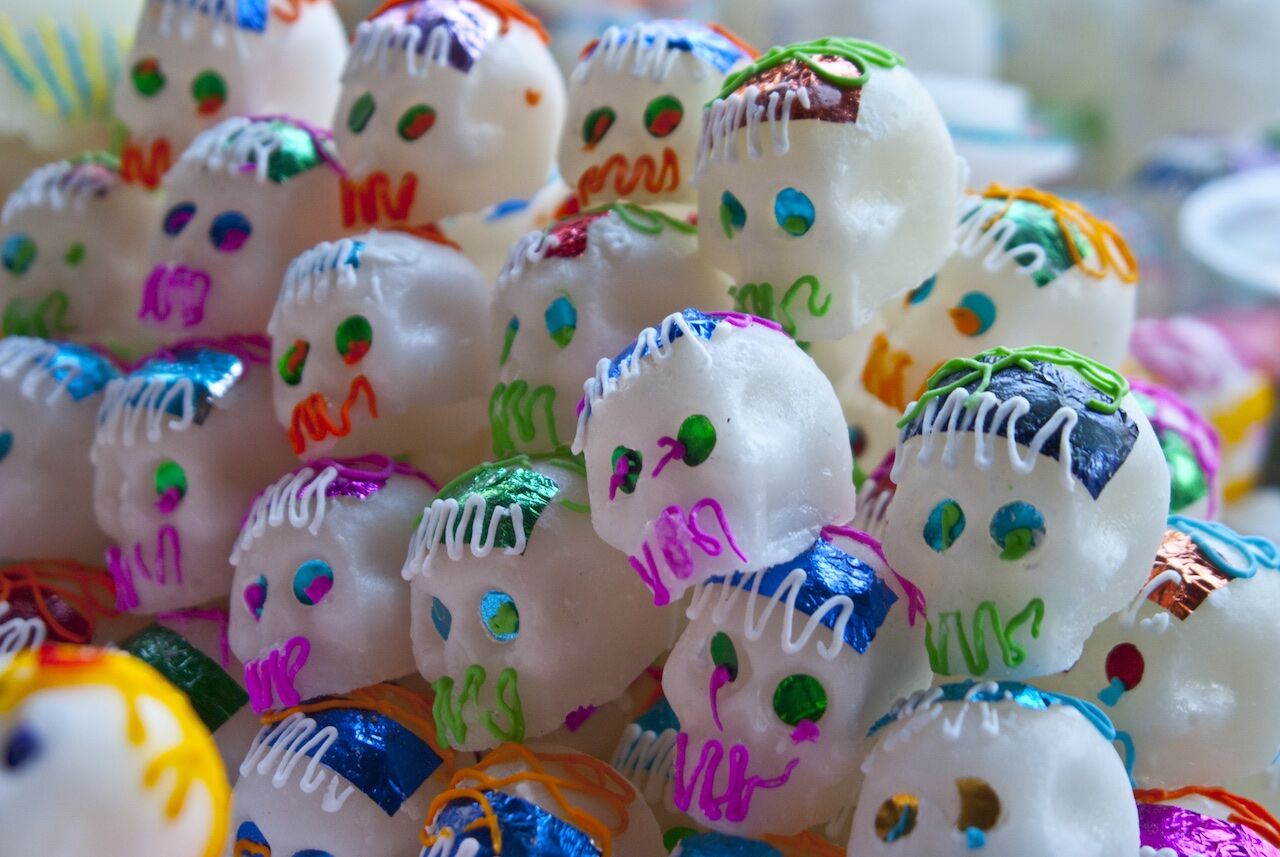
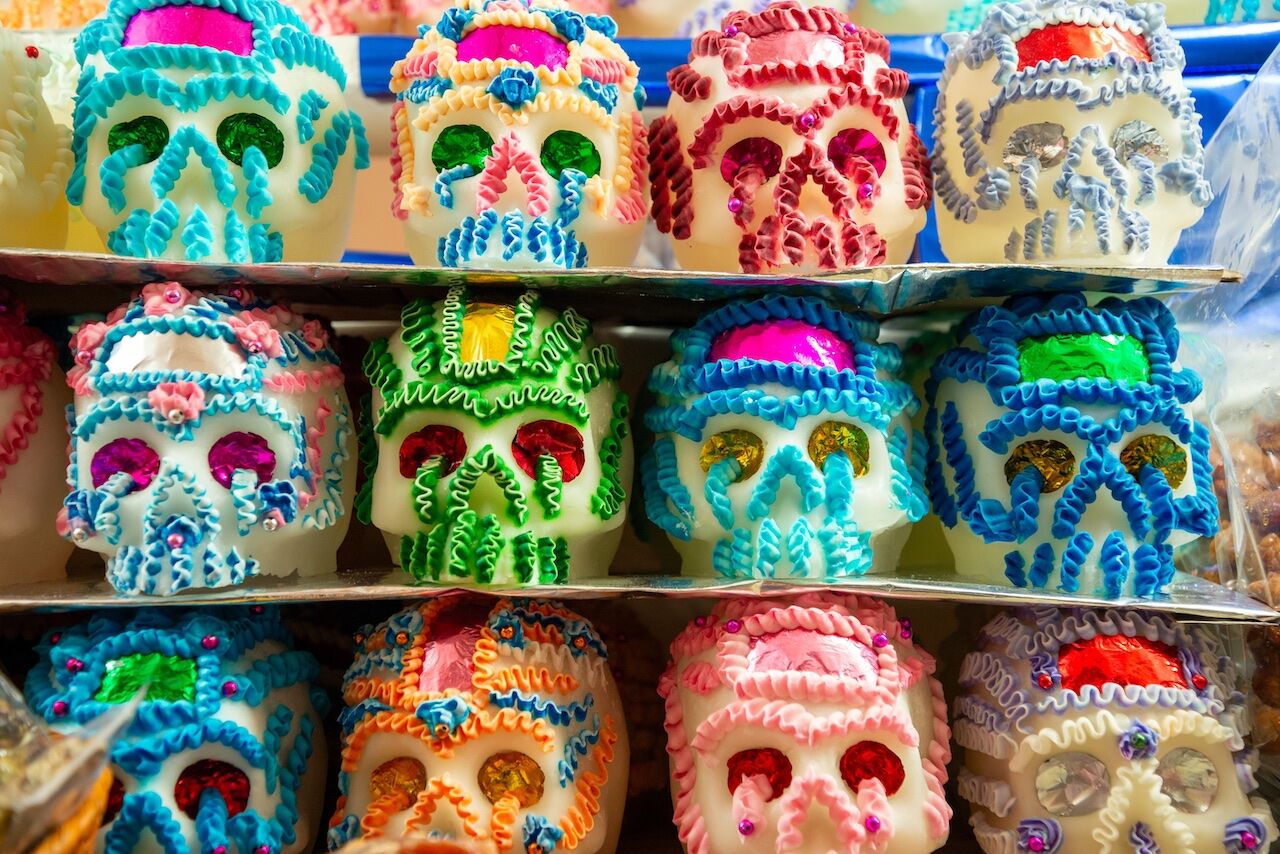

The colorful sugar skulls found in every ofrenda are not mere visual trinkets. Each of these flavorful calaveras are meant to represent a specific person to whom the altar is dedicated. Sugar is the most traditional material, but calaveras made of amaranth, chocolate, and other sweets can be found in every Mexican market.
Catrinas
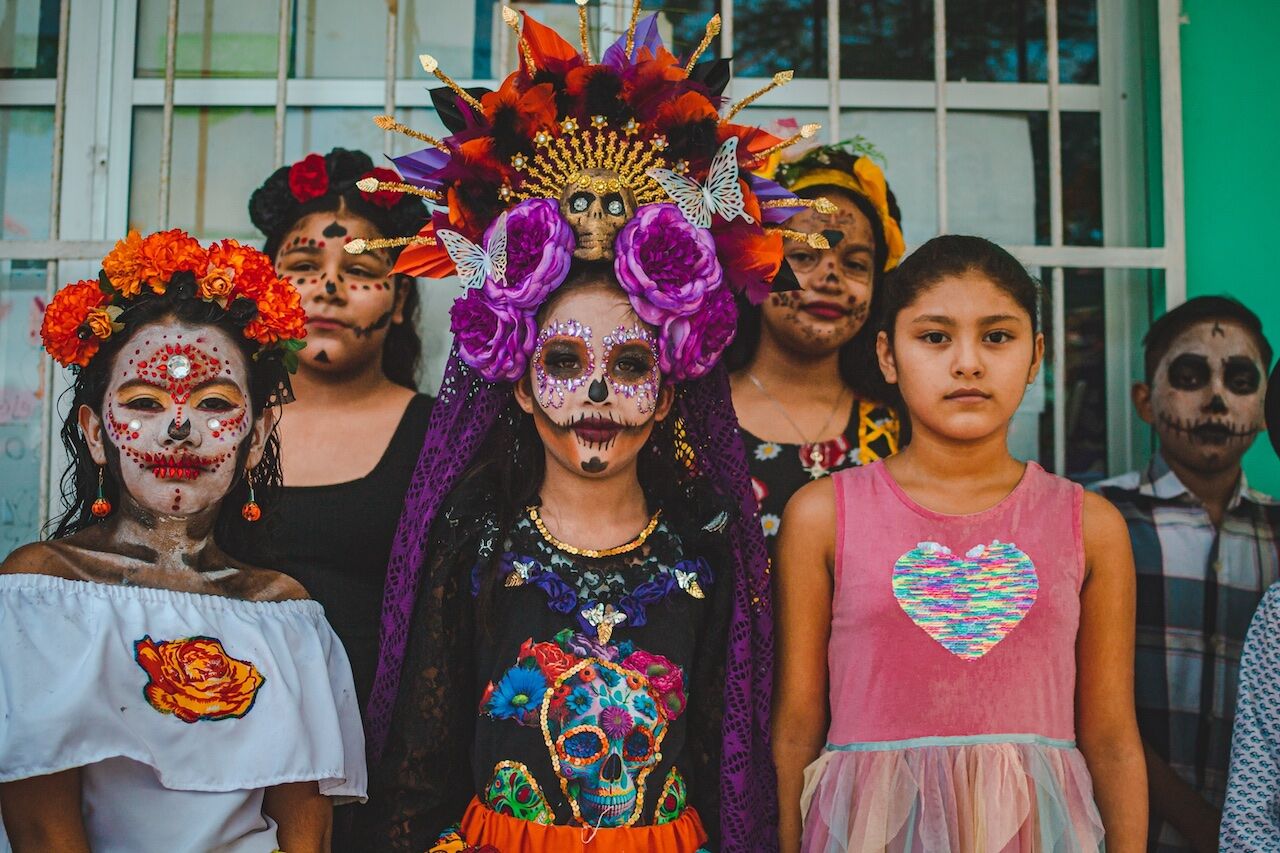
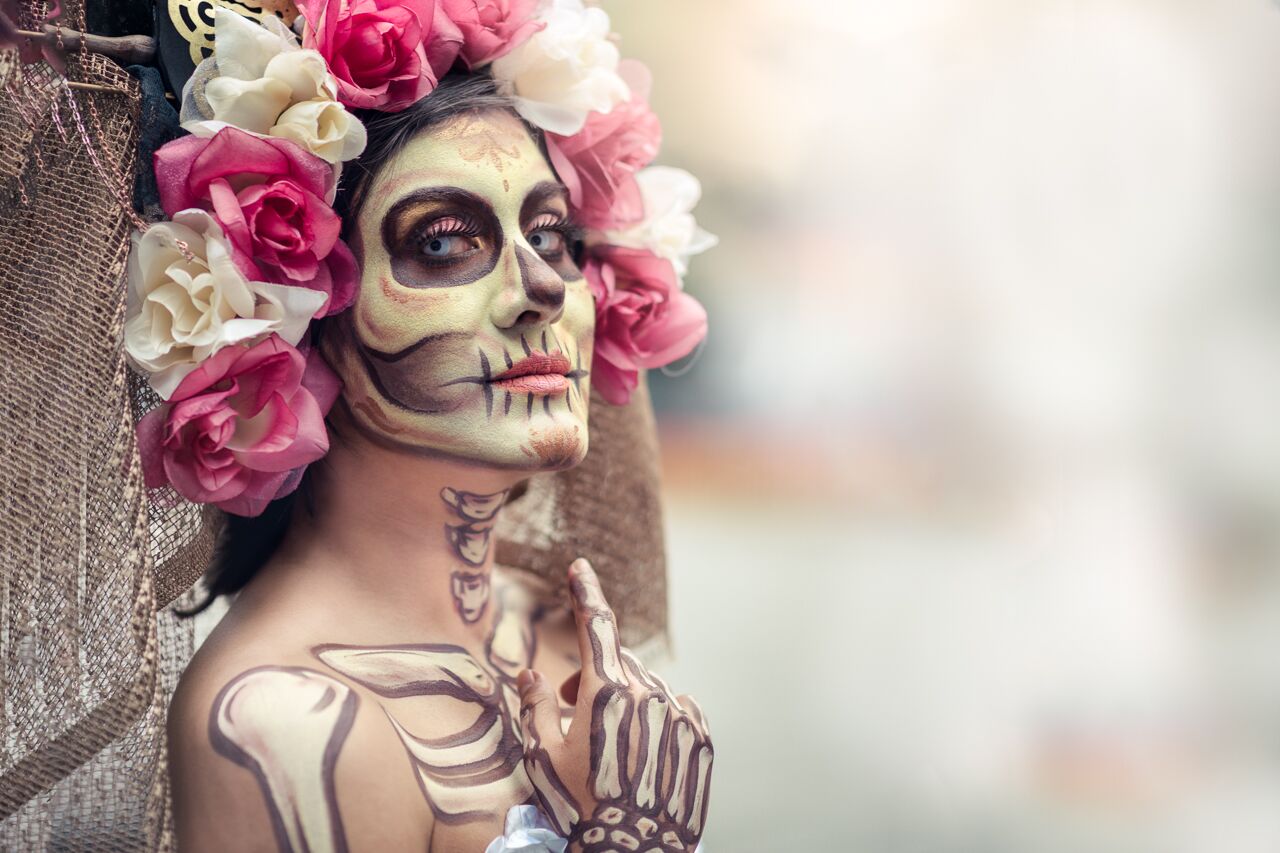
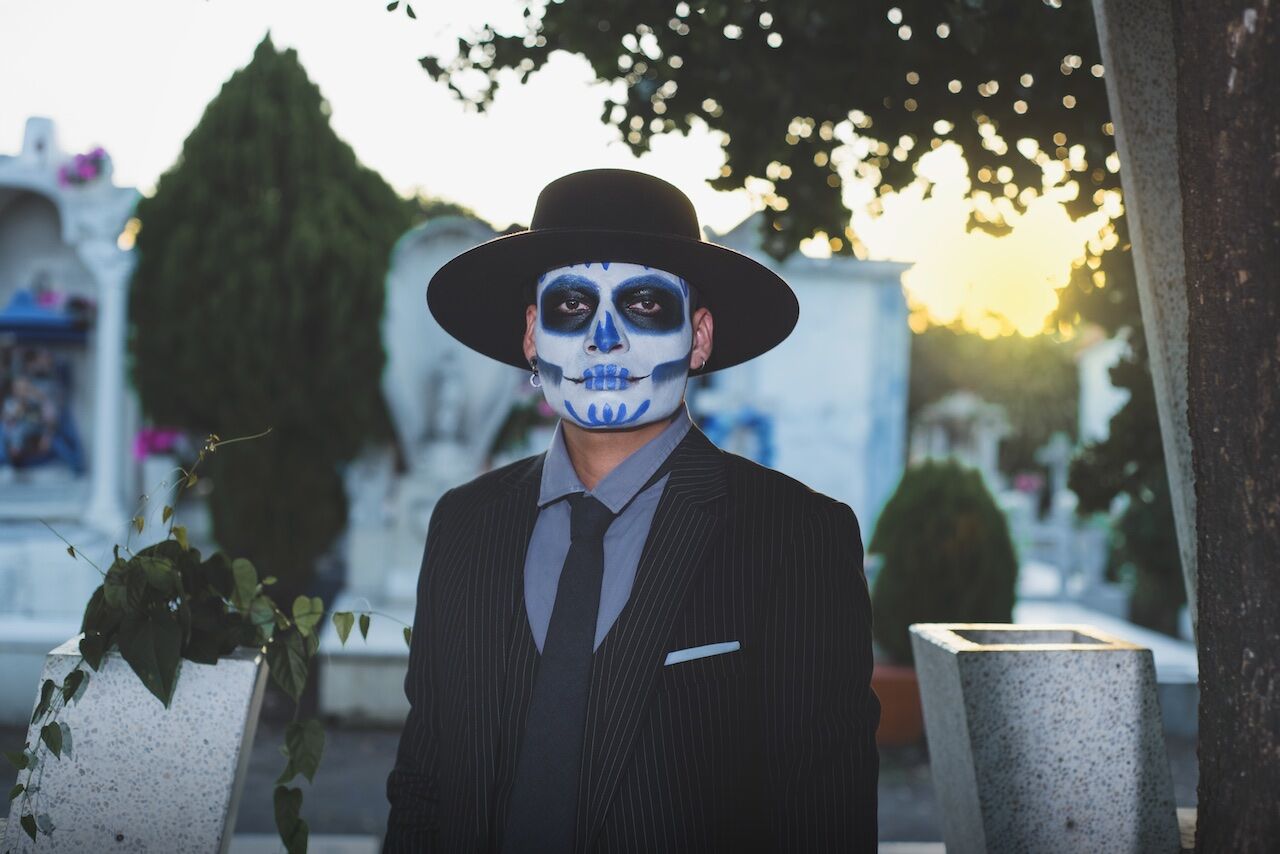
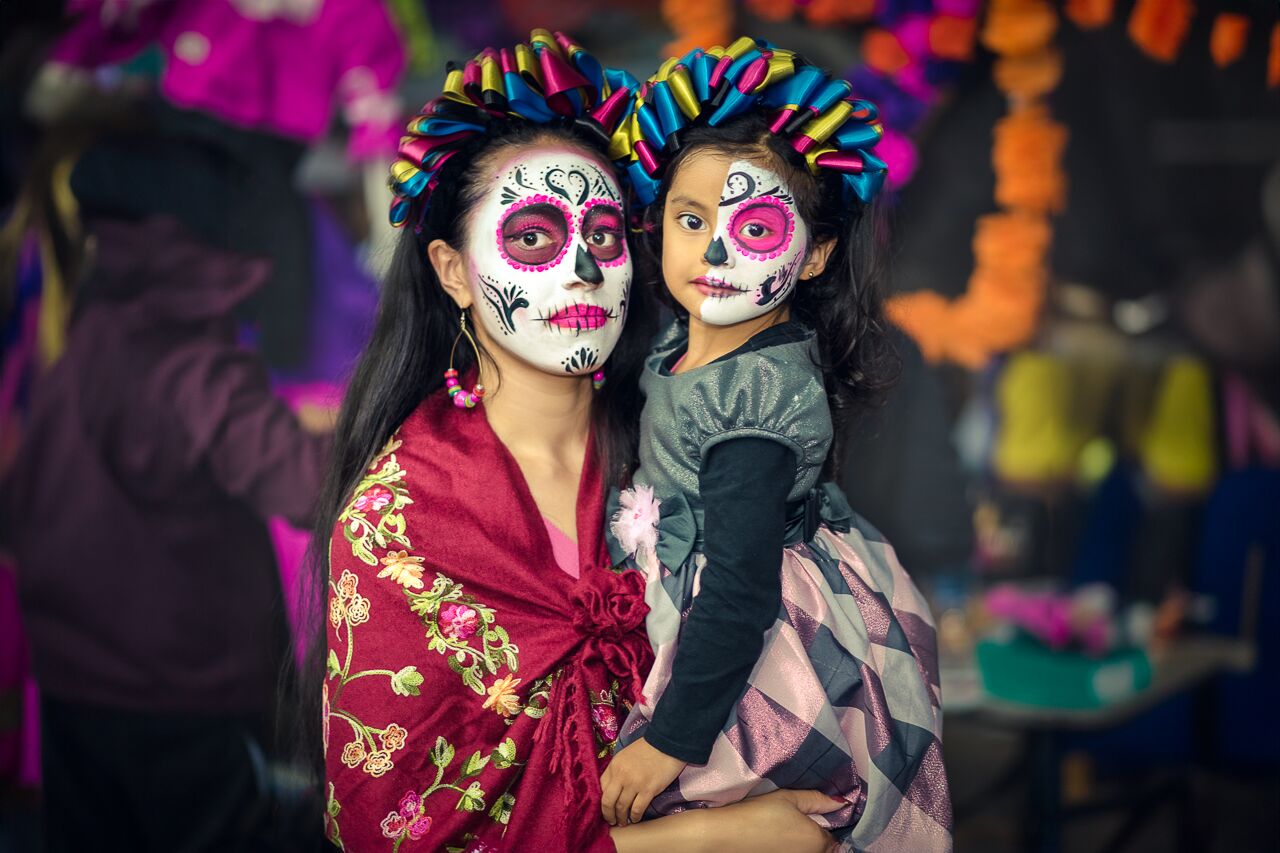
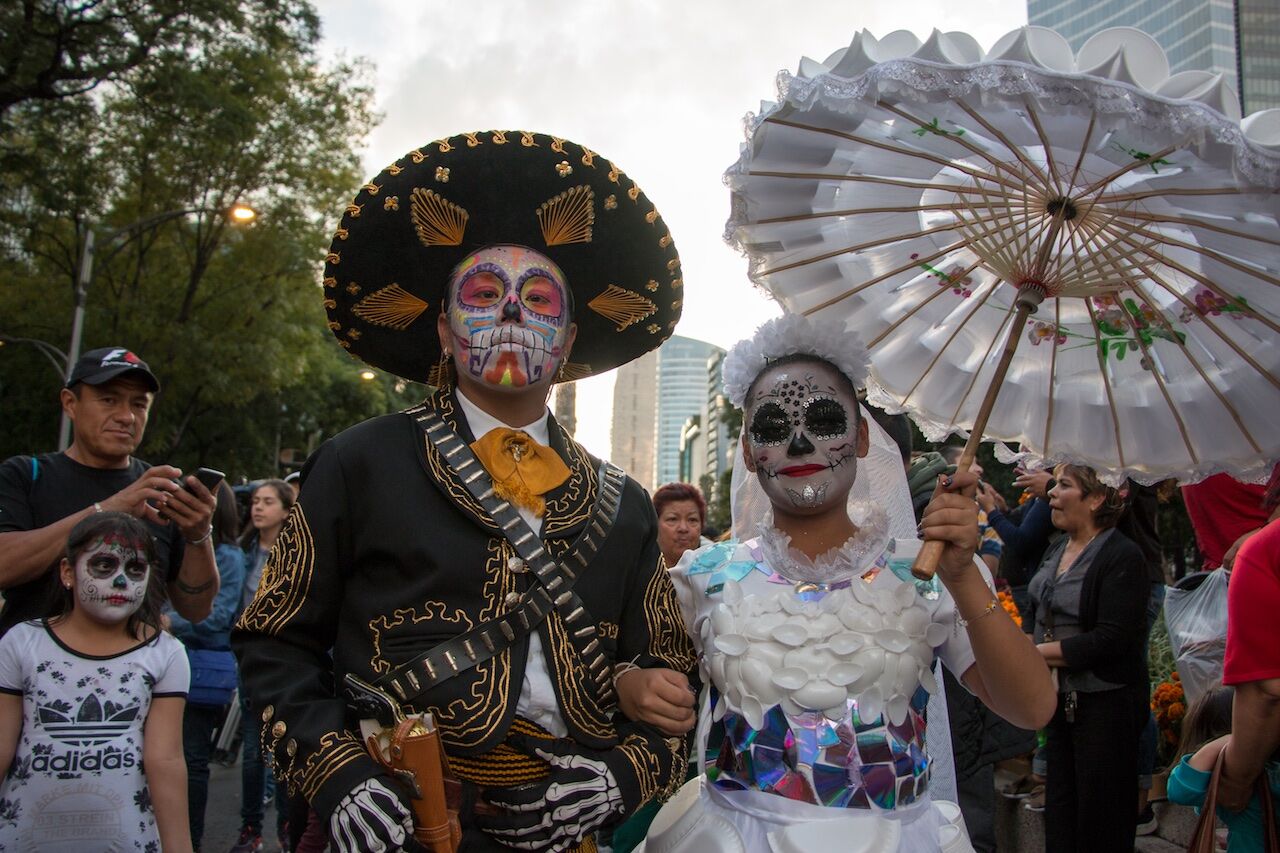
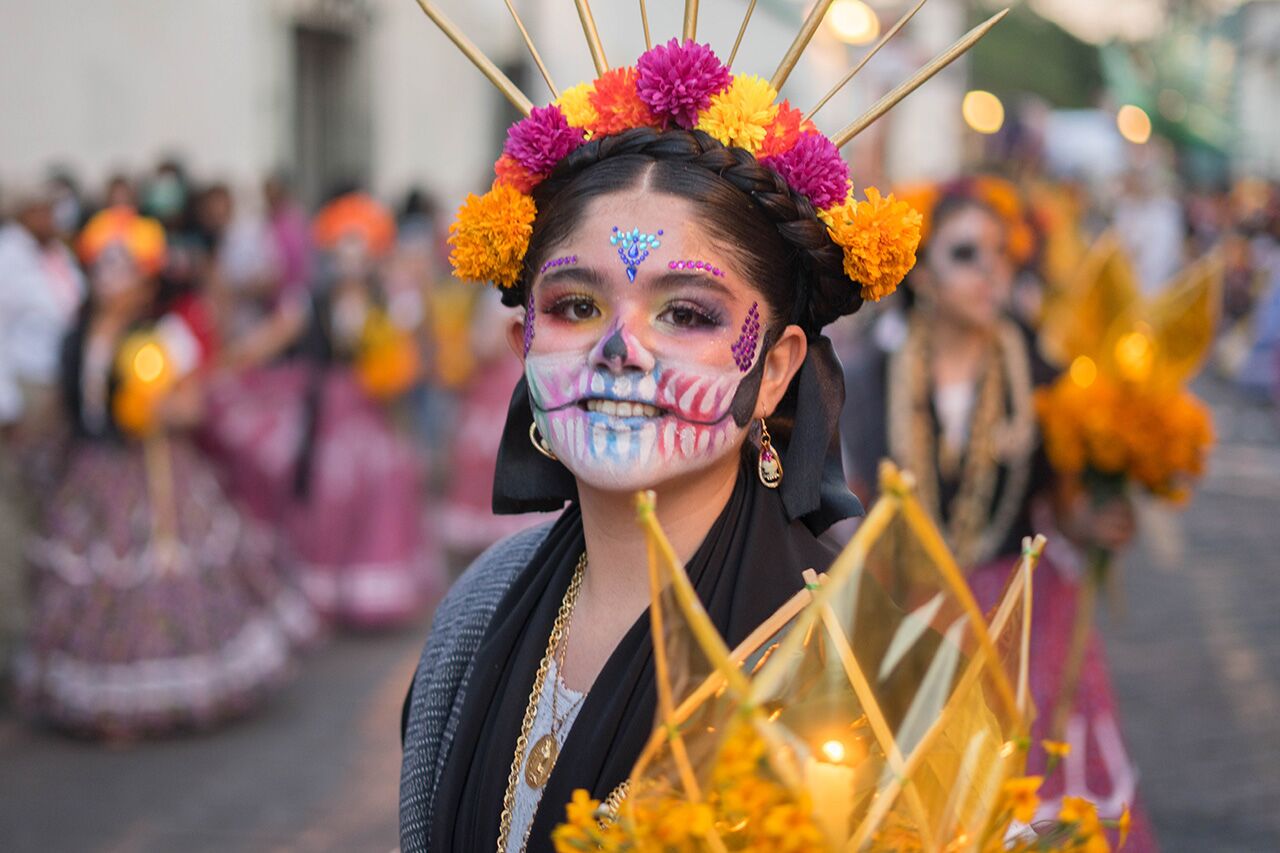
Originally based on a popular character designed by José Guadalupe Posada more than a hundred years ago, Catrinas are now one of the most renown symbols of Day of the Dead worldwide. Dressing up as a Catrina is now a usual way for people to participate in Día de los Muertos events all around Mexico.
Key events on Día de los Muertos
Processions
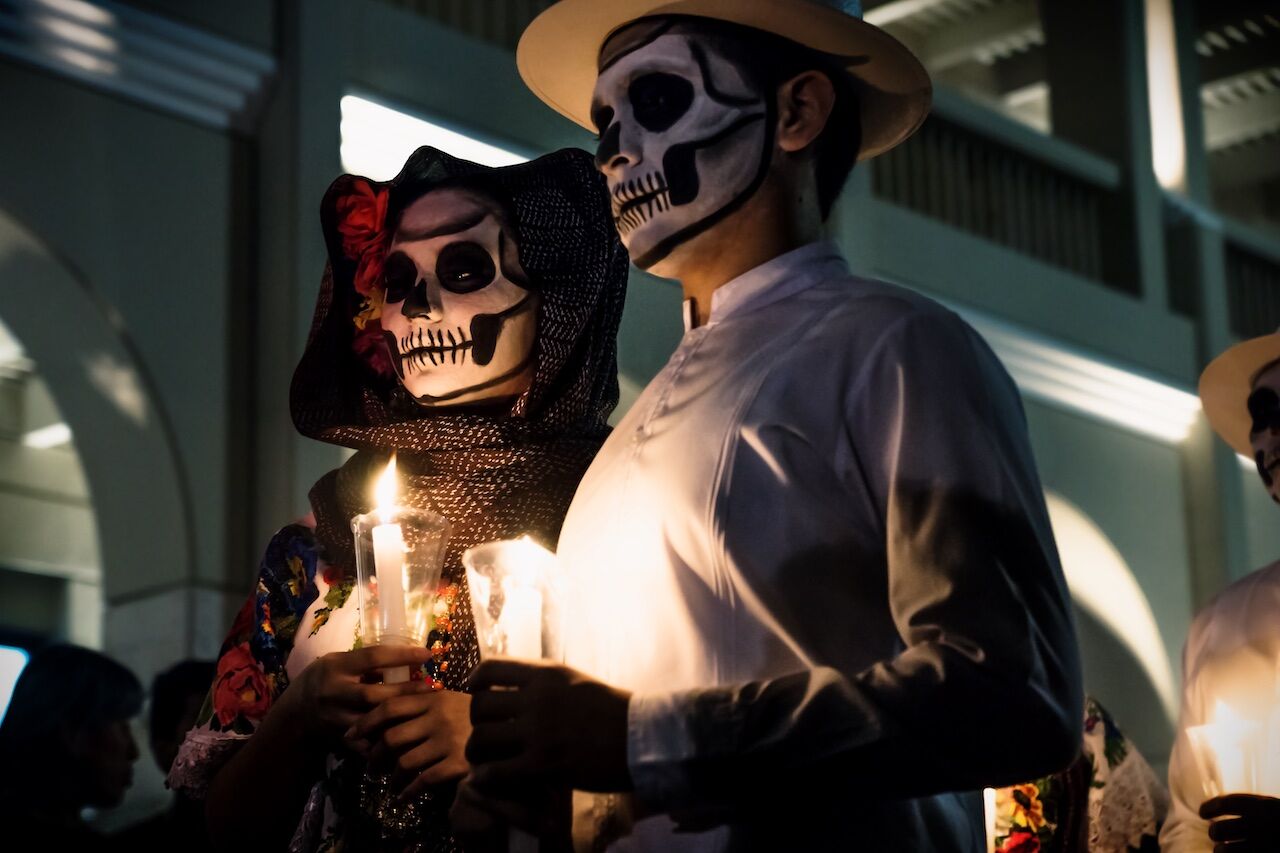
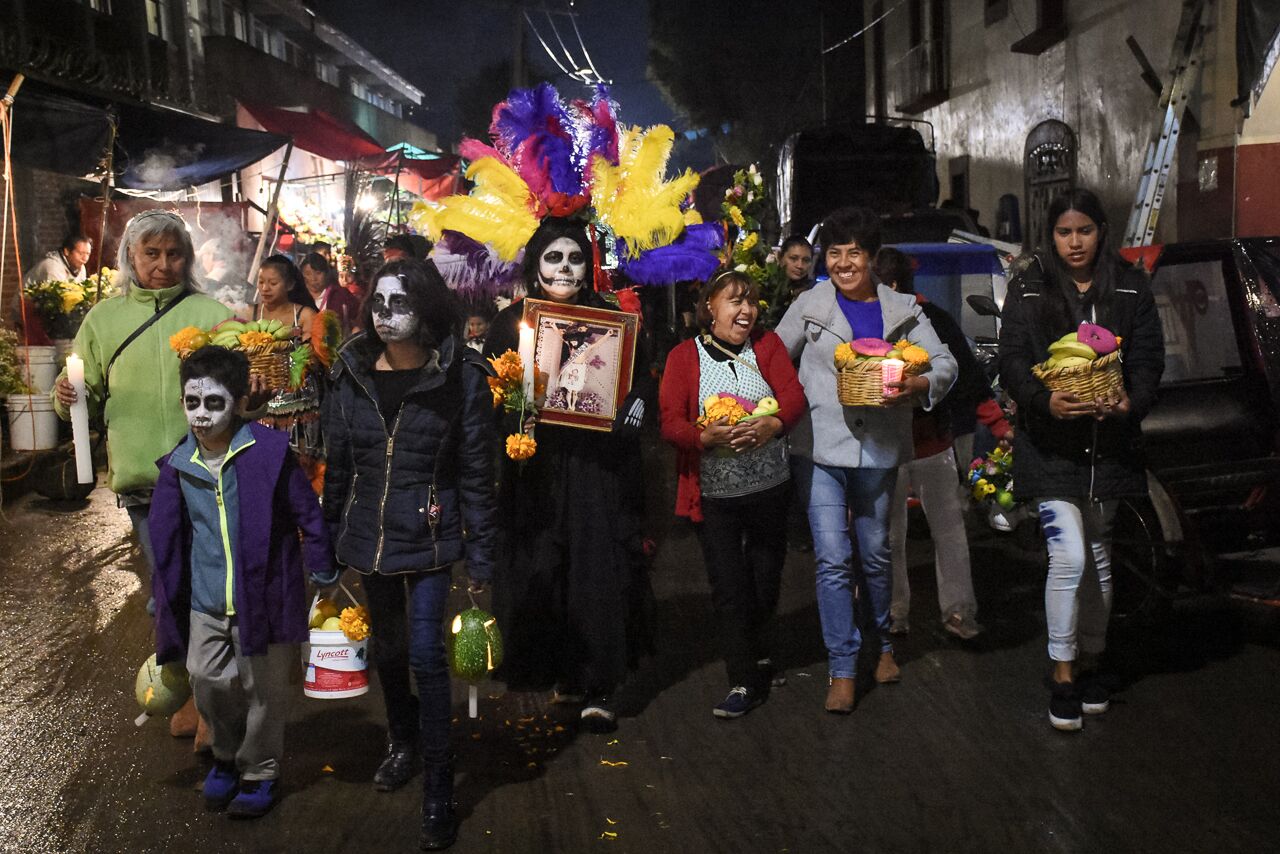


Día de los Muertos processions in Mexico are solemn yet celebratory events where communities walk together to cemeteries, carrying candles, flowers, and offerings to honor their deceased loved ones. These processions are marked by a sense of reverence and often culminate in overnight vigils at cemeteries. More tourism-friendly processions —like Mexico City’s Procesión de Catrinas— have been a common occurrence in recent years.
Cemetery vigils
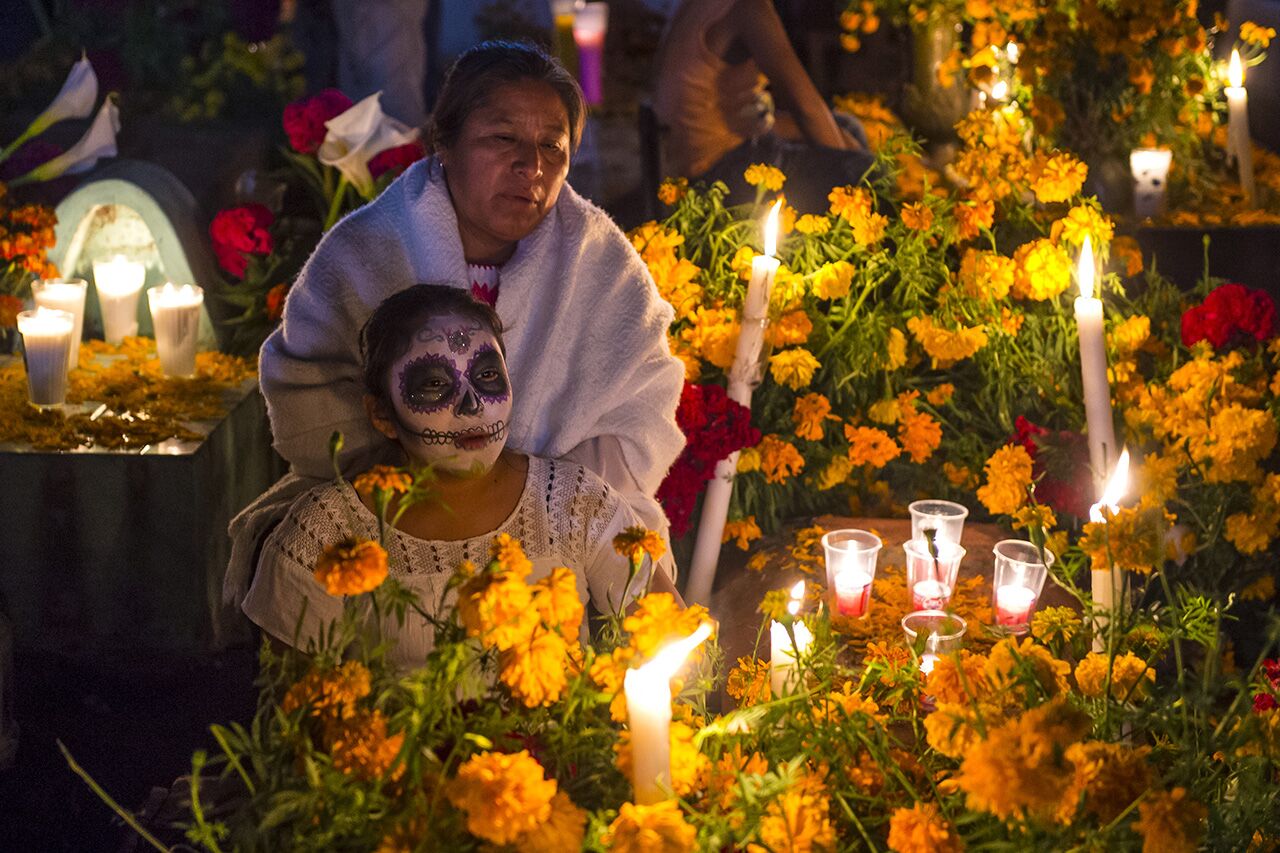
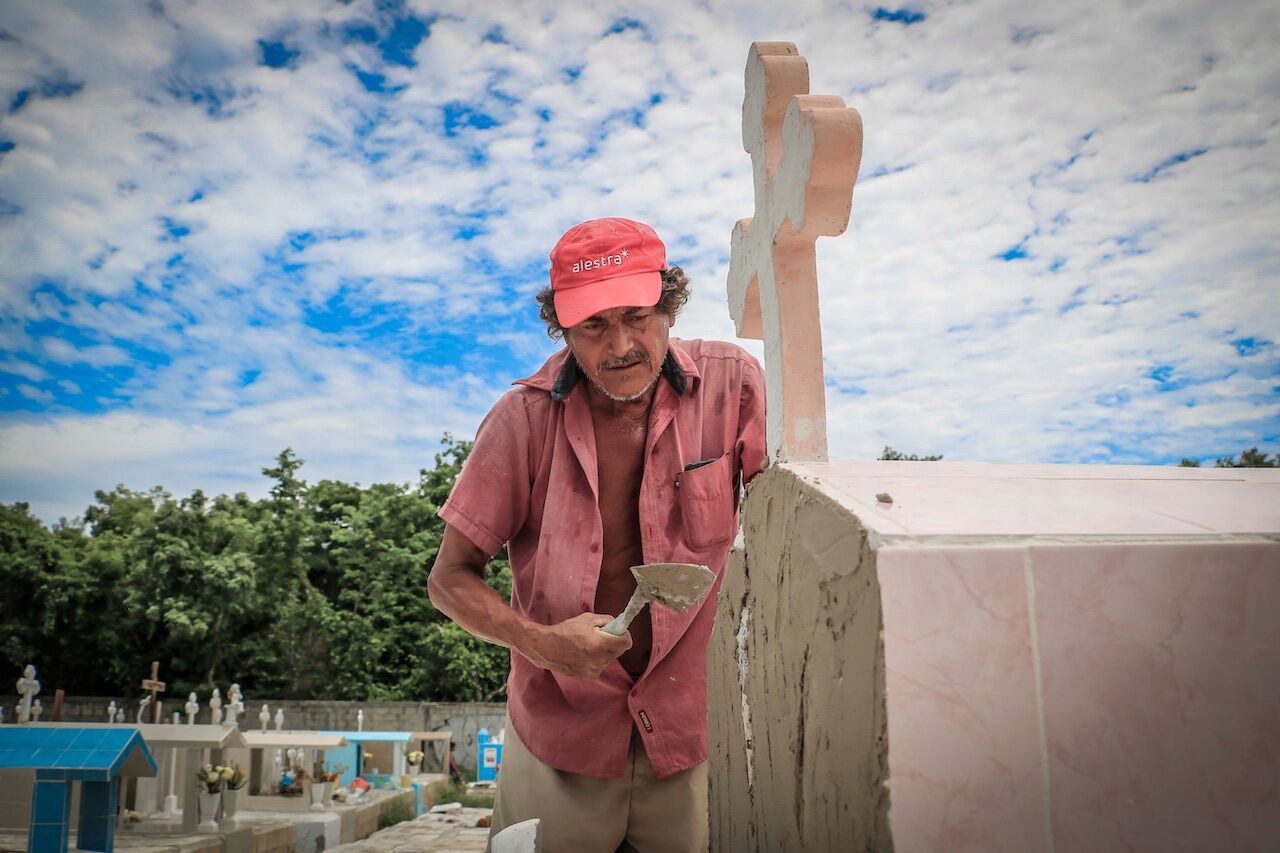
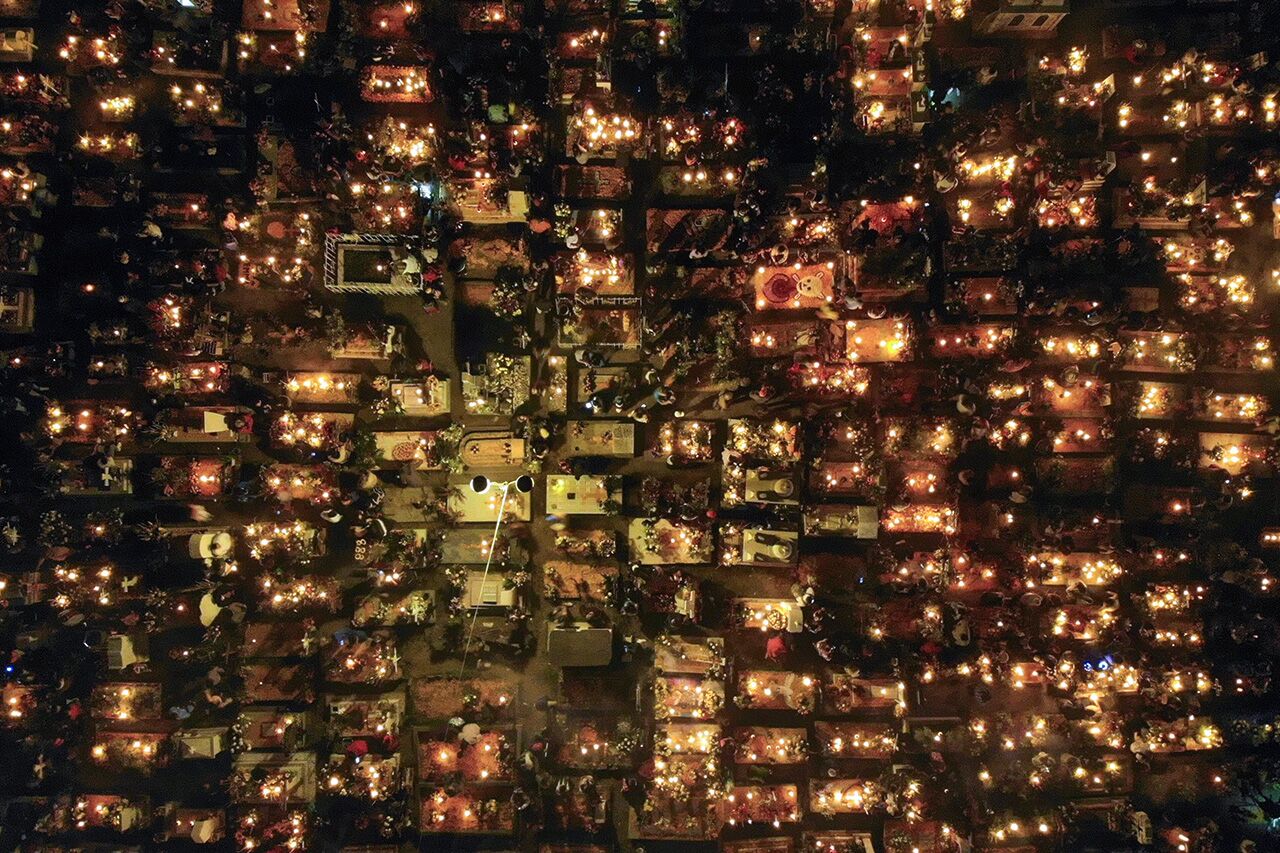

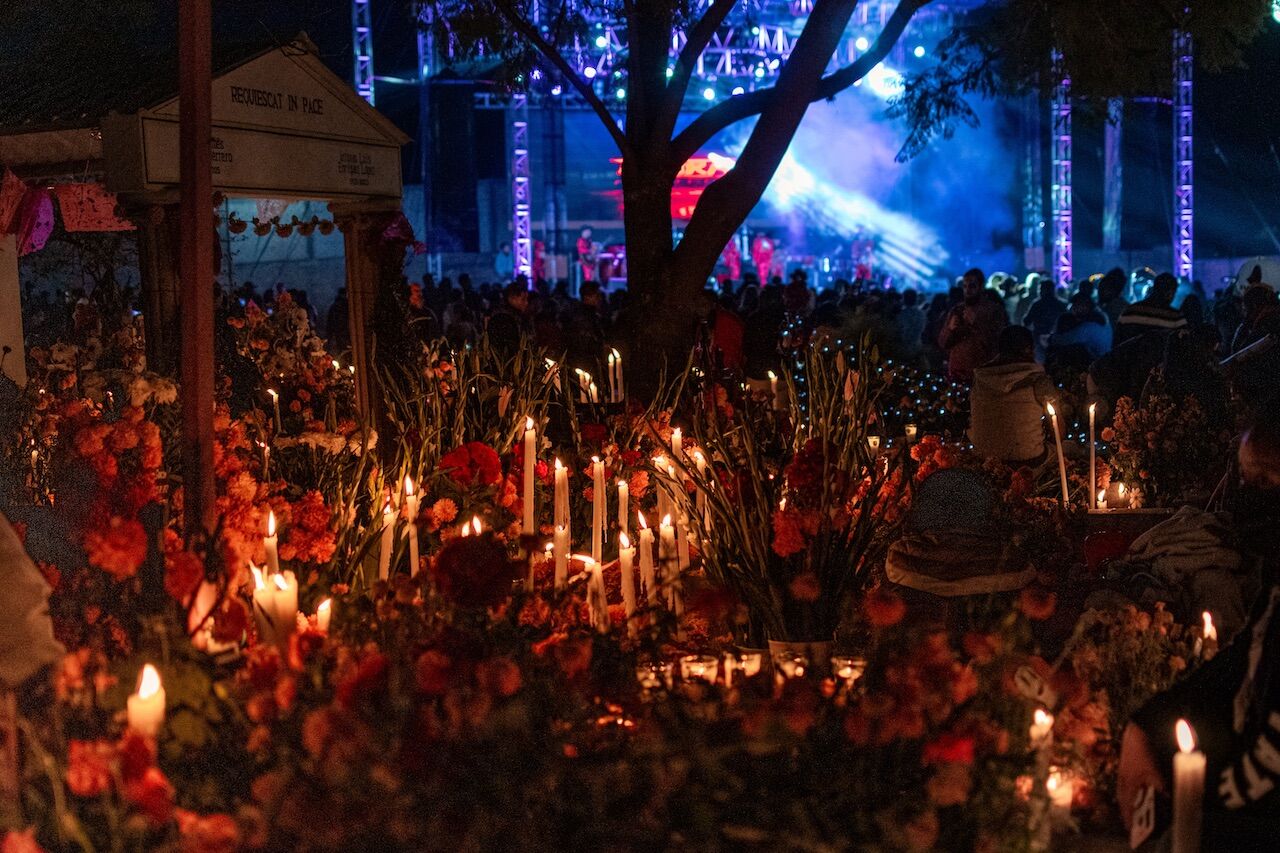
Candlelit vigils, or alumbradas, are popular events where people gather in their local cemeteries to celebrate Día de los Muertos with their dearly departed. Preparations start days before by cleaning the cemeteries, decorating graves with cempasúchil flowers, papel picado (paper with intricate cut designs), photos, and candles. During the first two nights of November, cemeteries come to life with live music, the light of countless candles, and the fuss of thousands — tourists and locals alike — in a celebration of life and remembrance.
Parades

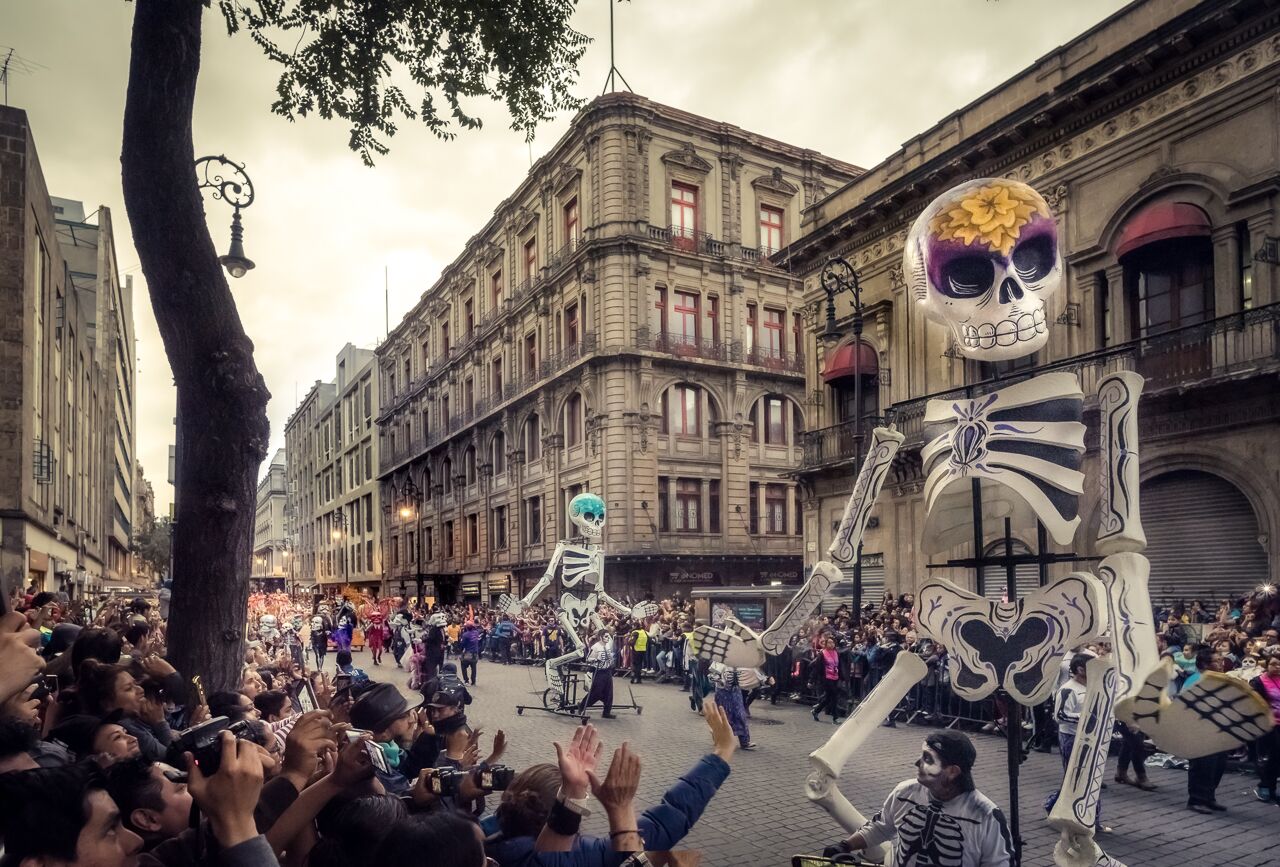

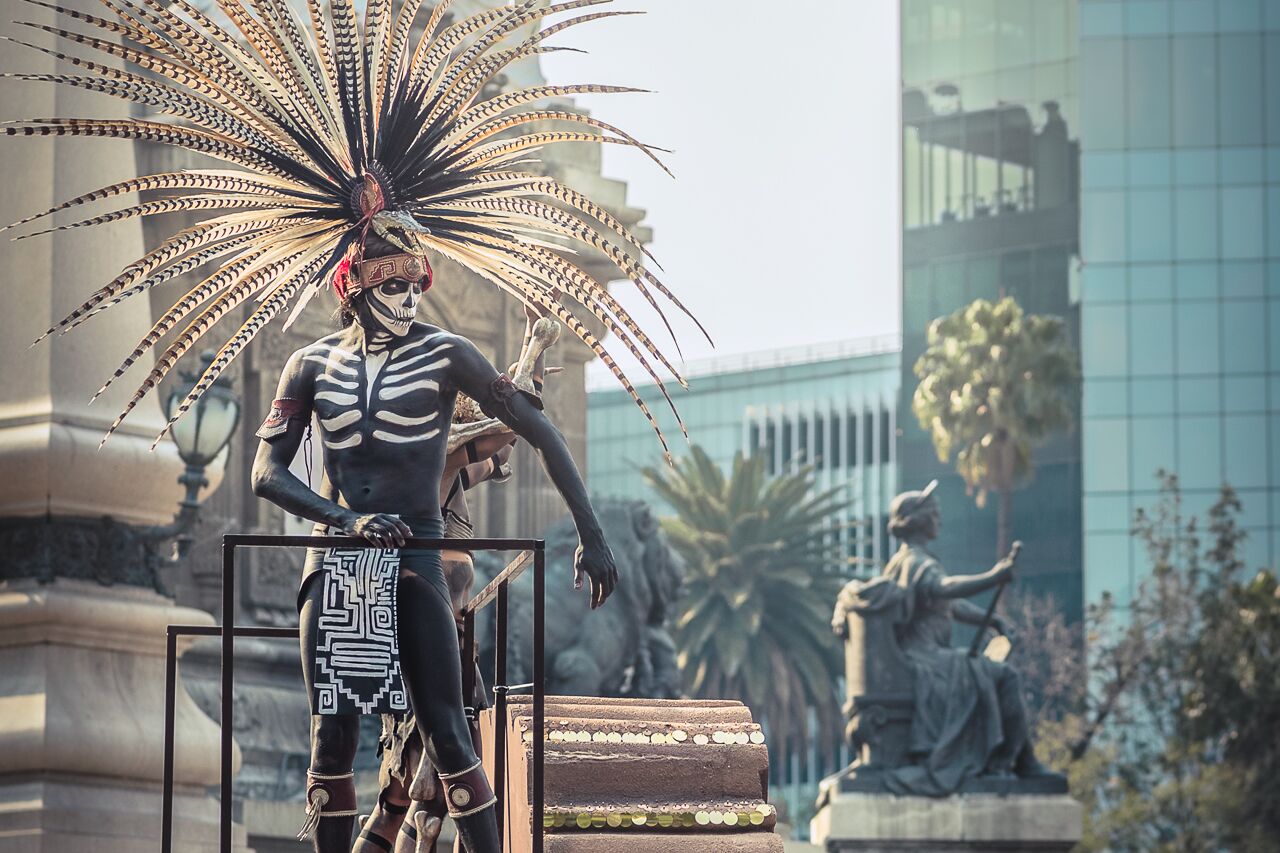

Parades are the most recent inclusion to the repertoire of Día de los Muertos celebrations in Mexico. The now traditional Mexico City parade started less than a decade ago after the release of Spectre, the James Bond movie that features a Día de los Muertos celebration in the opening scene. The event is an impressive display of Día de los Muertos symbolism and Mexican folklore, but it lacks the depth and spirituality of other celebrations. Día de los Muertos parades also take places in cities like Puebla, Guadalajara, and Aguscalientes.
Notable regional celebrations
Oaxaca
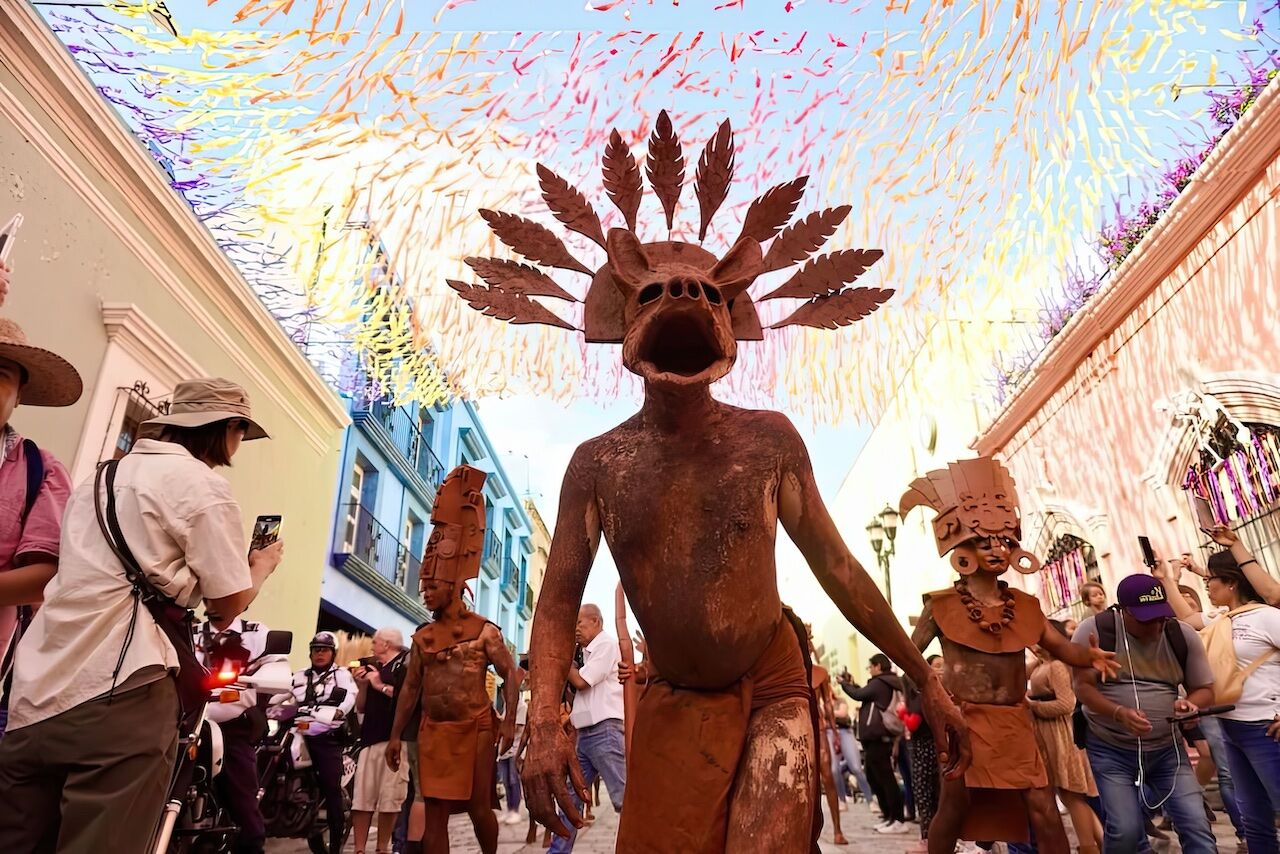
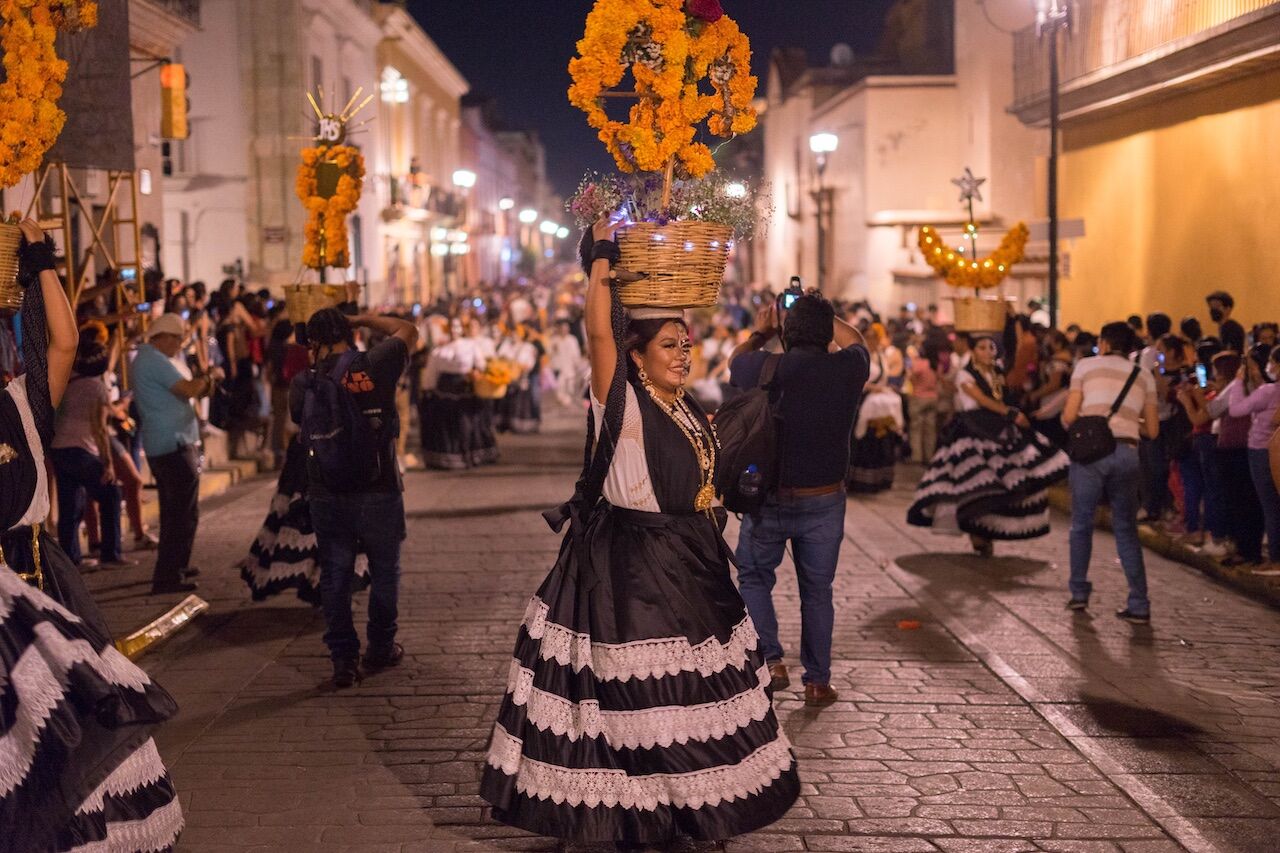
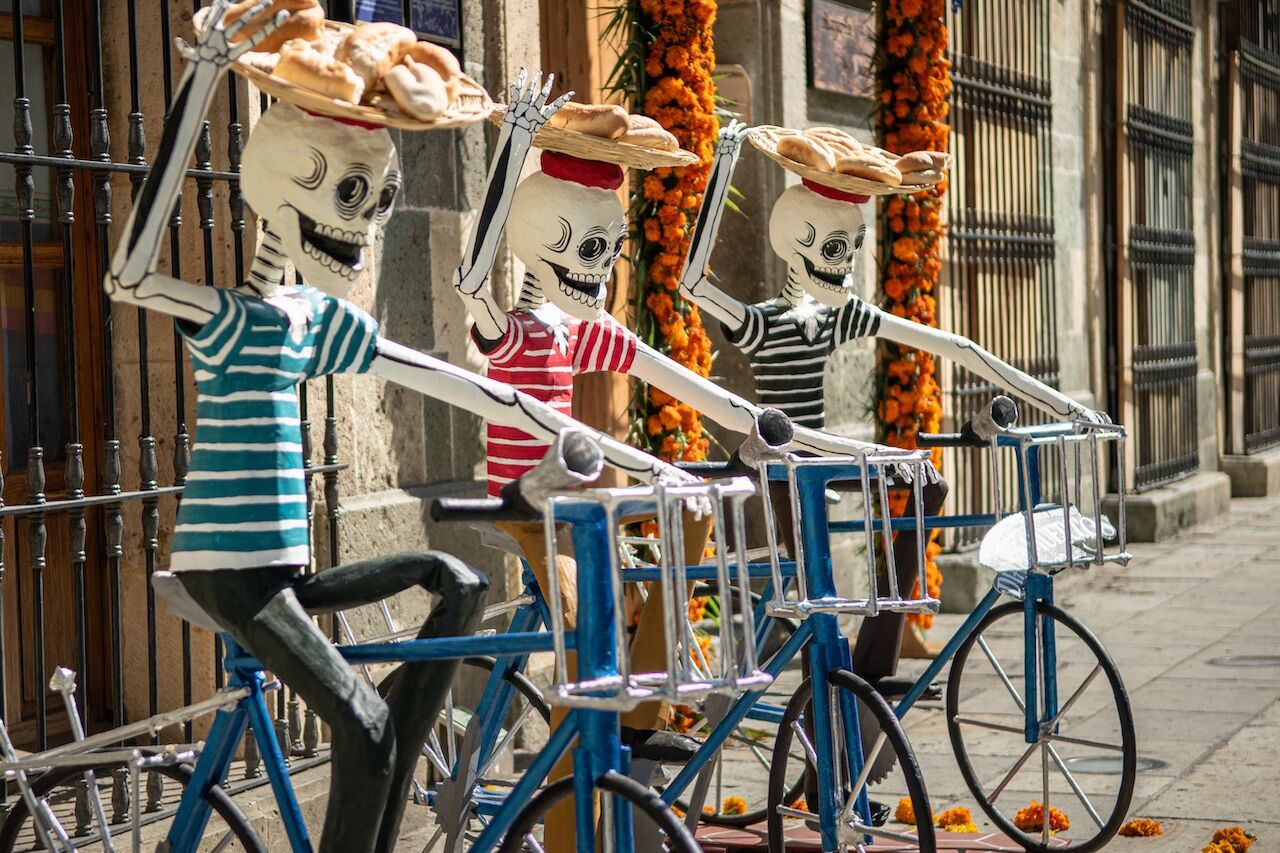
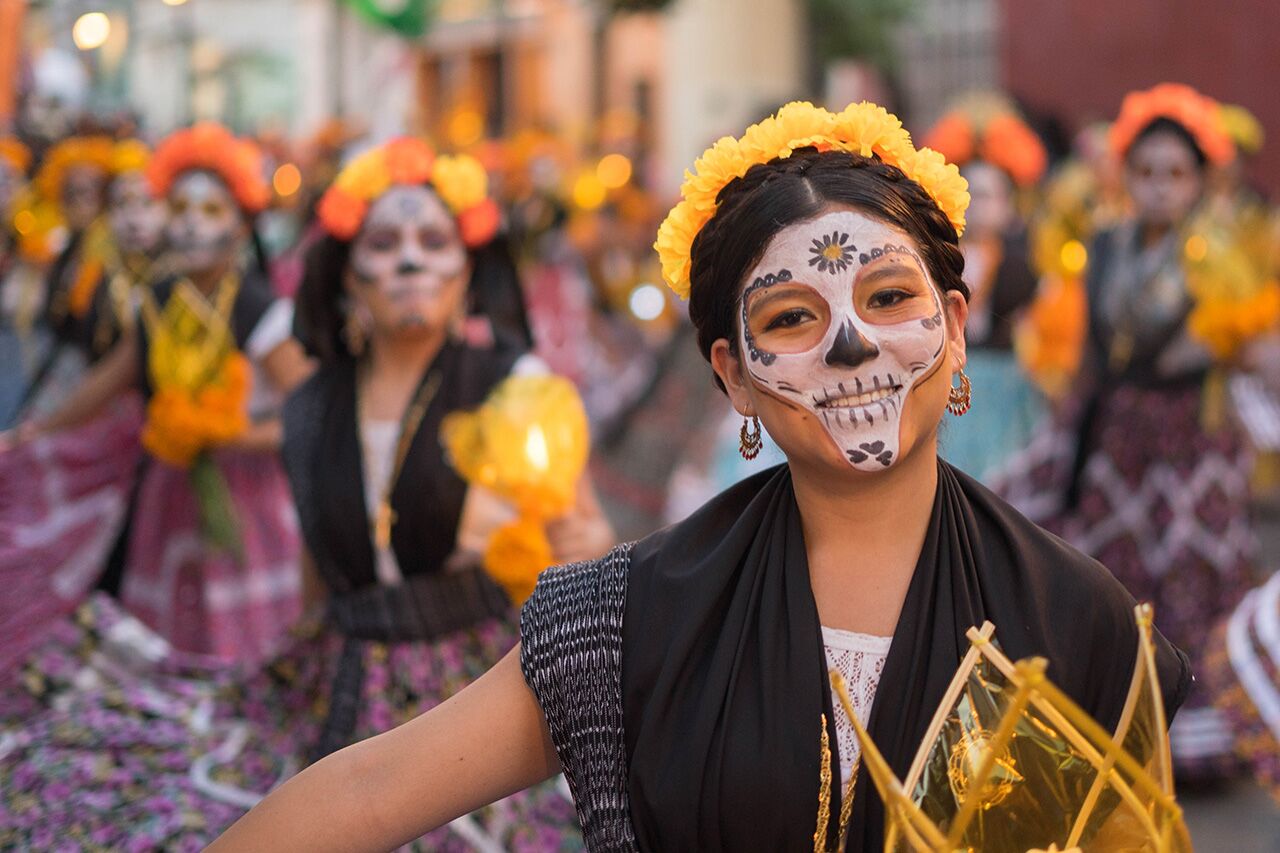

Oaxaca holds one of the most vibrant and culturally rich Día de los Muertos celebrations in Mexico. The deep connections to indigenous Zapotec and Mixtec traditions and the artistic expressions characteristic of the region combine to make one of the most unique, traditional, and visually appealing Día de los Muertos experiences.
More like this
Patzcuaro, Michoacan
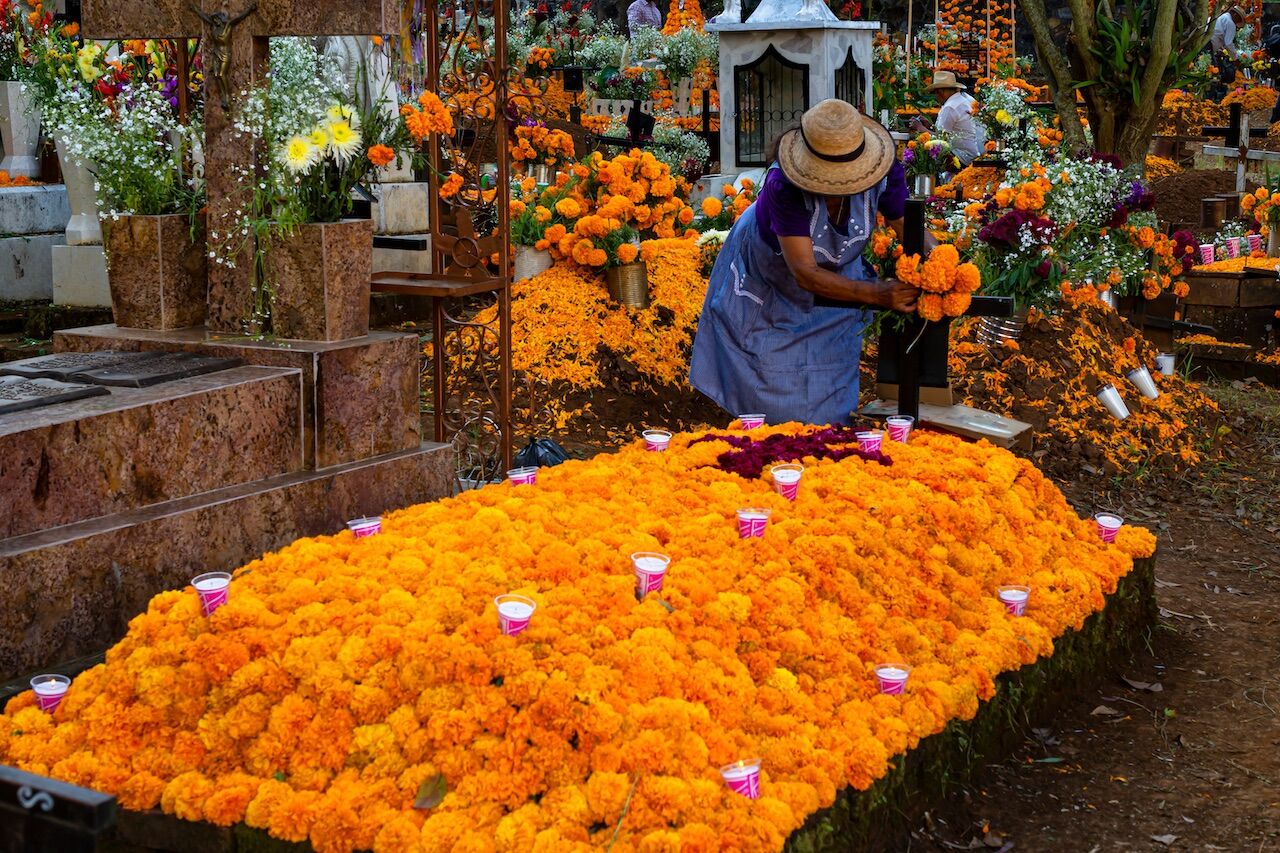
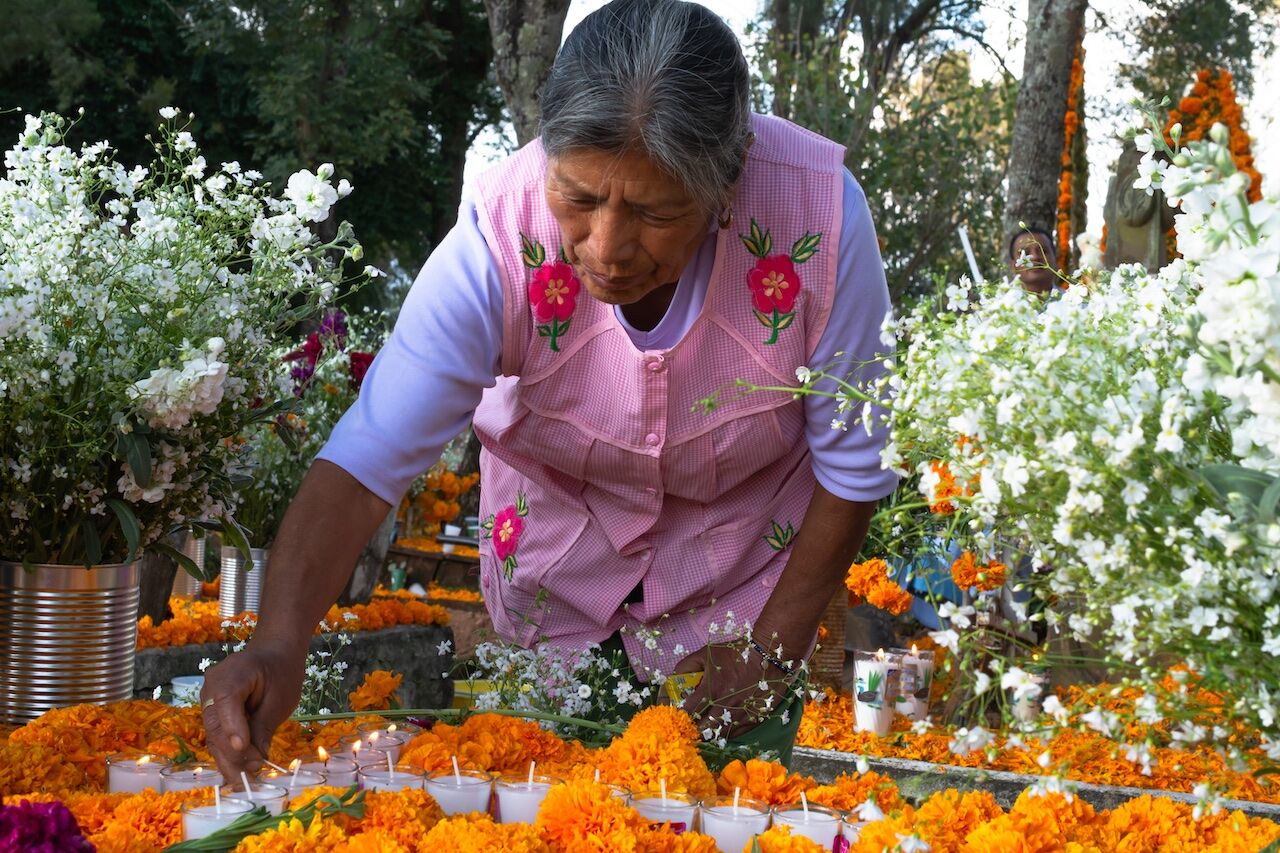
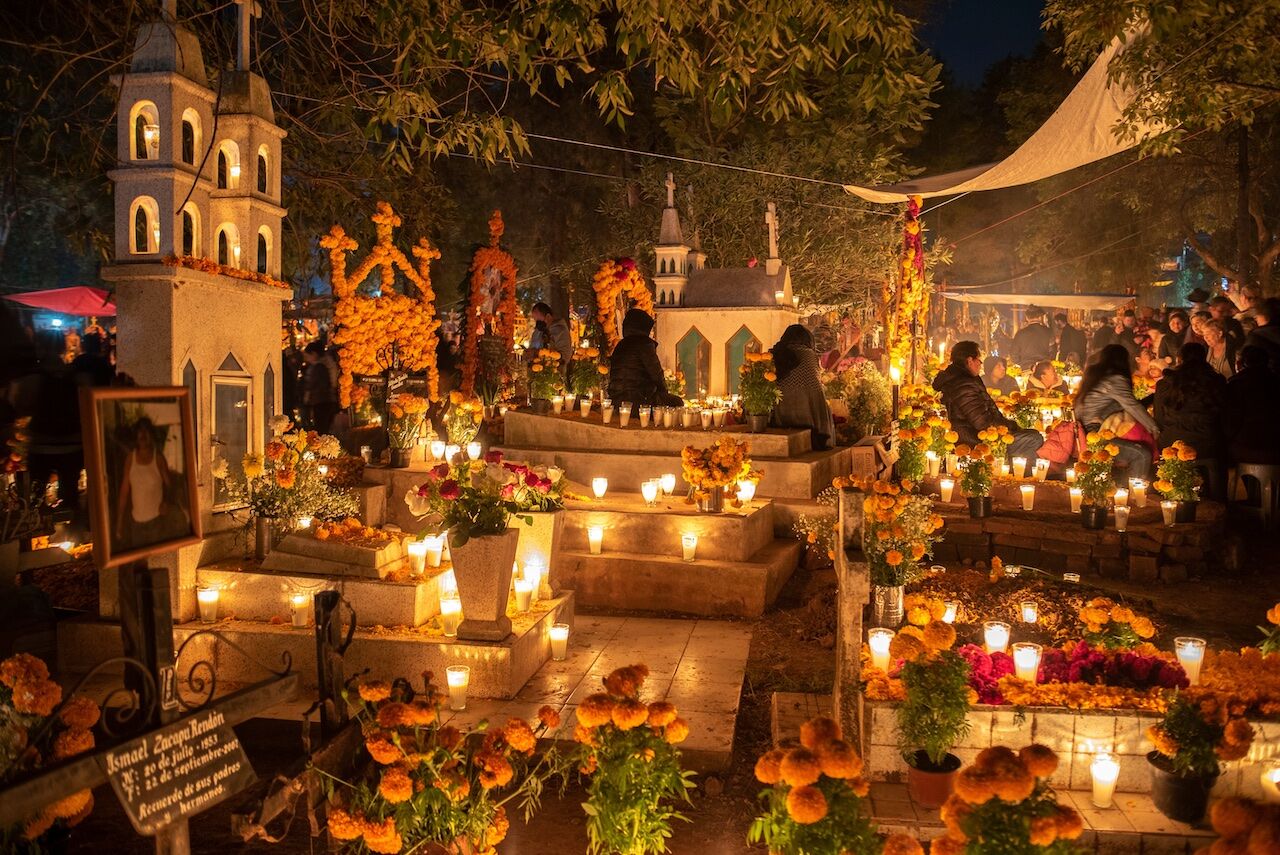
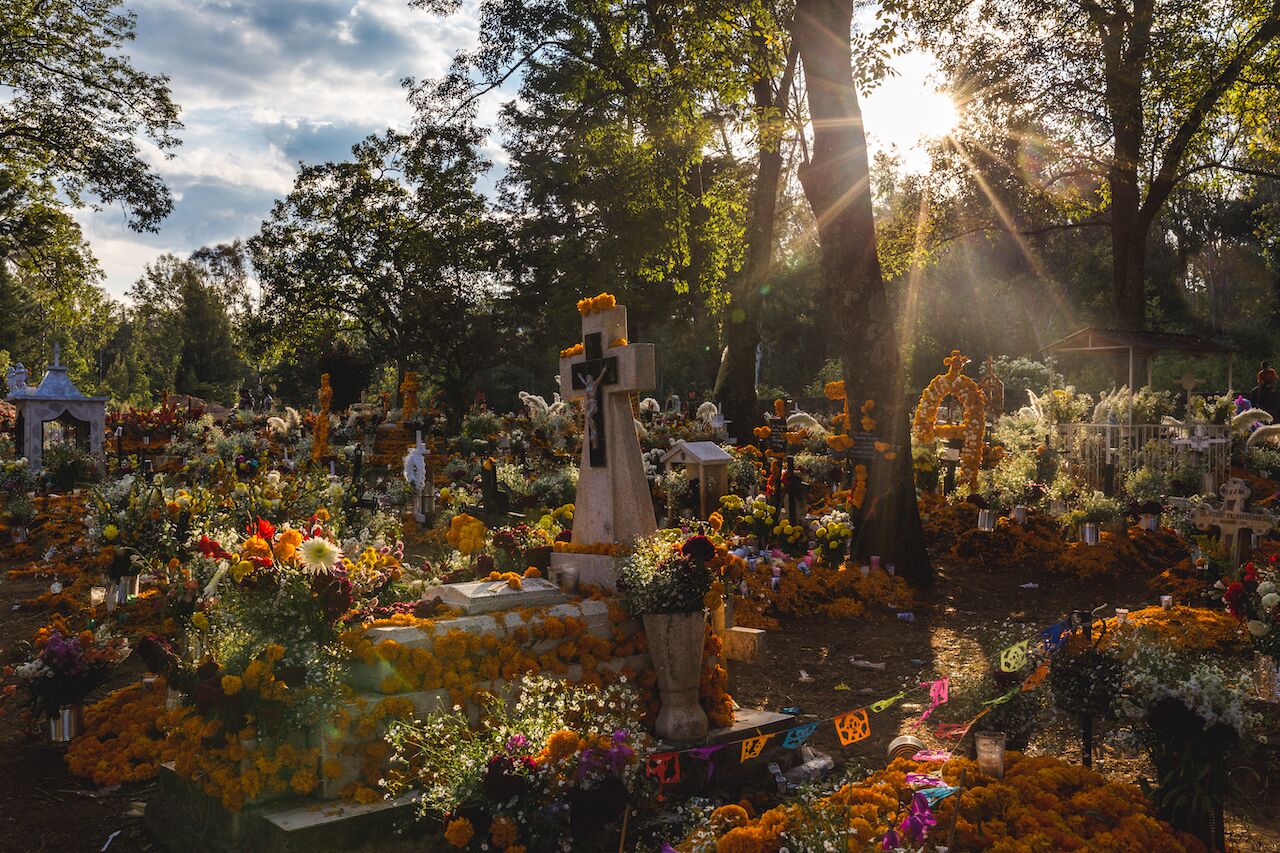
The Purepecha people of Michoacan hold a deep belief that the souls of the dead come back to Earth as butterflies. Day of the Dead coincides with the annual migration of monarch butterflies to the local forests, creating a profound connection between nature and the spiritual world. Día de los Muertos celebrations in Michoacan occur in the region of Lake Patzcuaro, especially in Janitzio Island and in the Purepecha town of Tzintzuntzan.
Mixquic, Mexico City
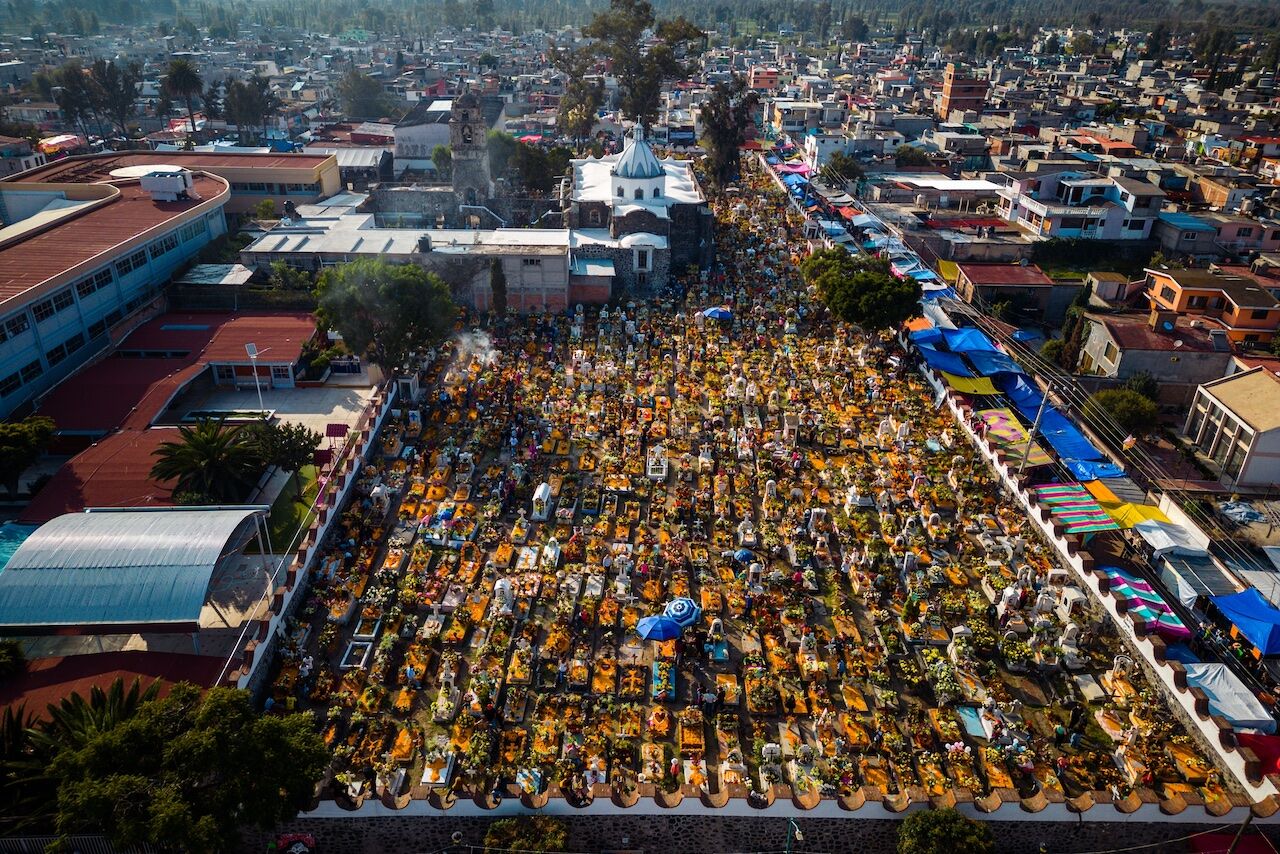
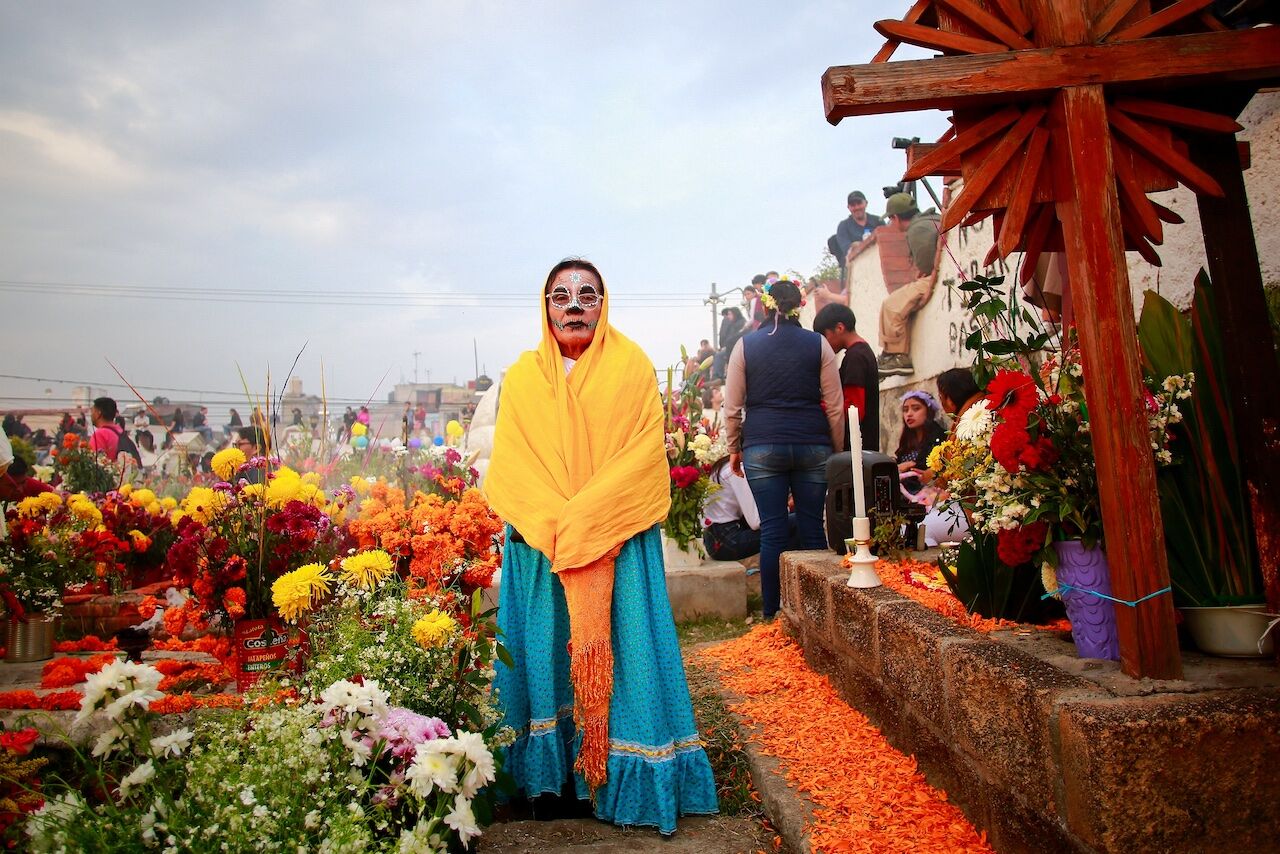
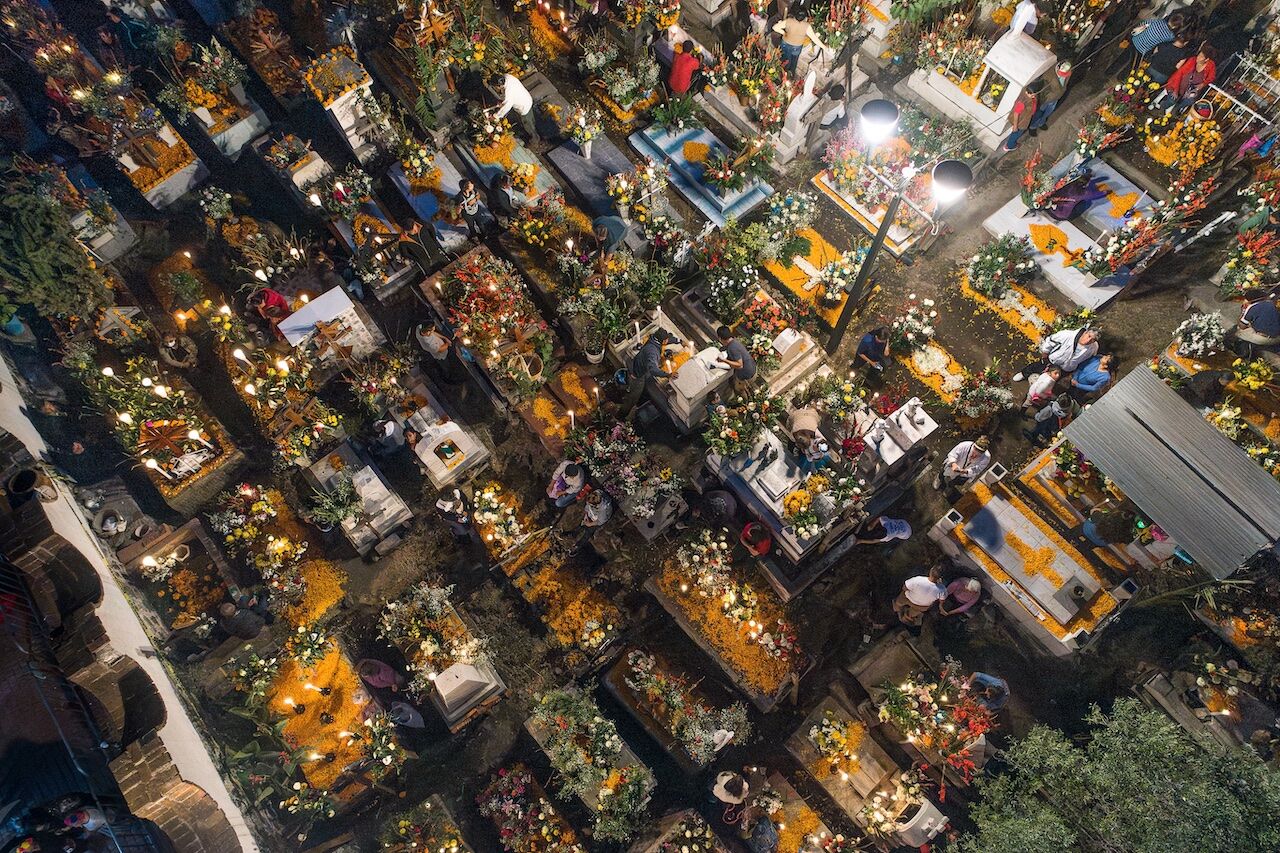
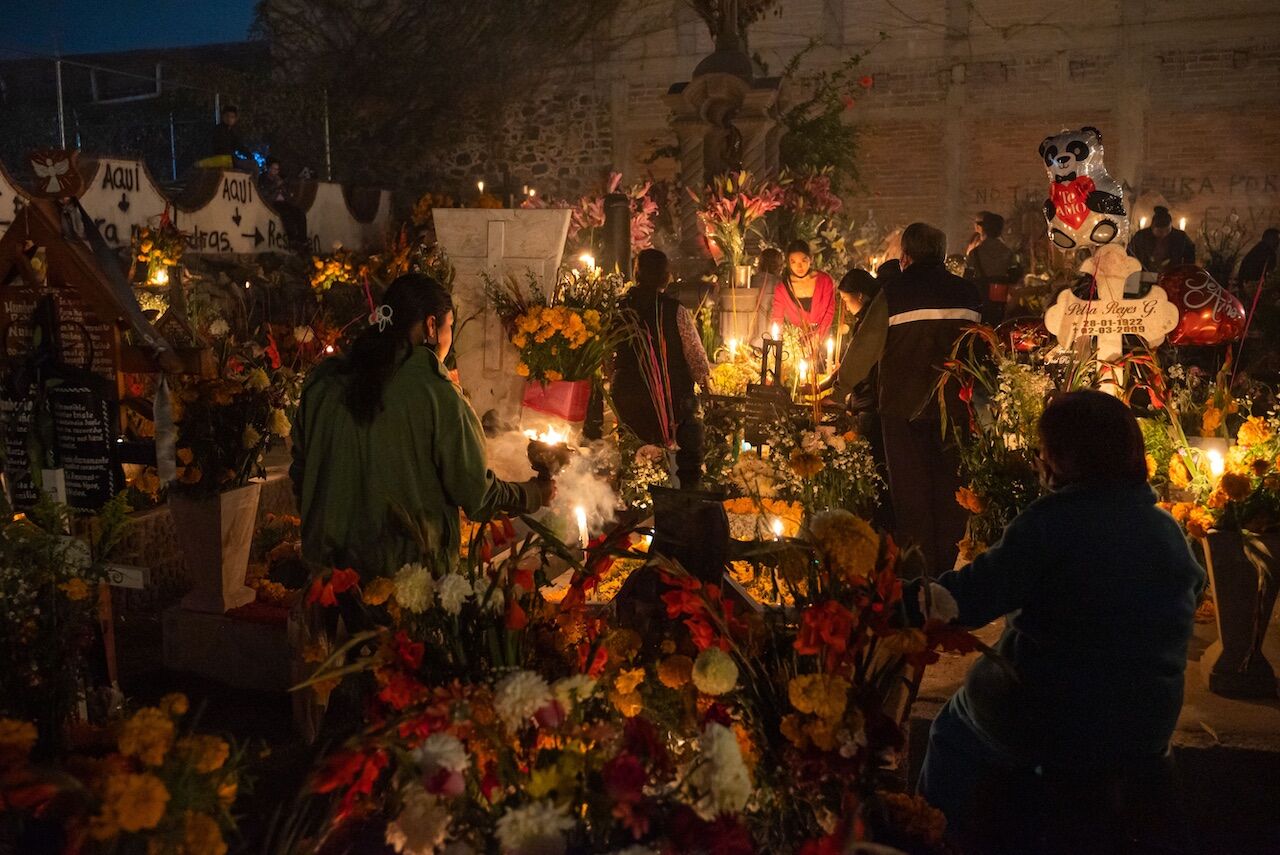
Mixquic maintains a very religious and spiritual approach to Día de los Muertos with its local cemetery playing a central role in the celebrations. The all-night vigil that takes place in Mixquic is one of the best recognized Día de los Muertos events in Mexico, and it greatly contrasts with more tourism-oriented events in Mexico City.
La Huasteca
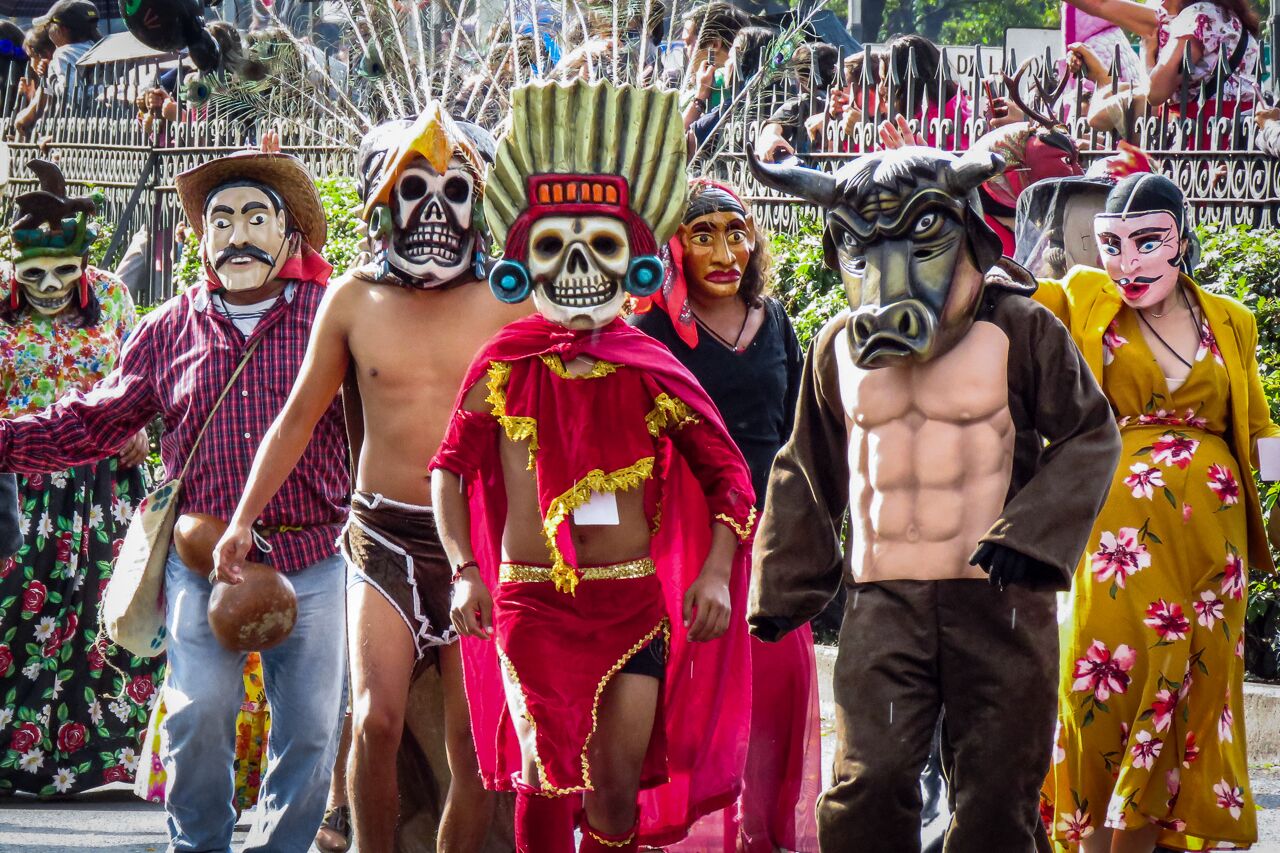

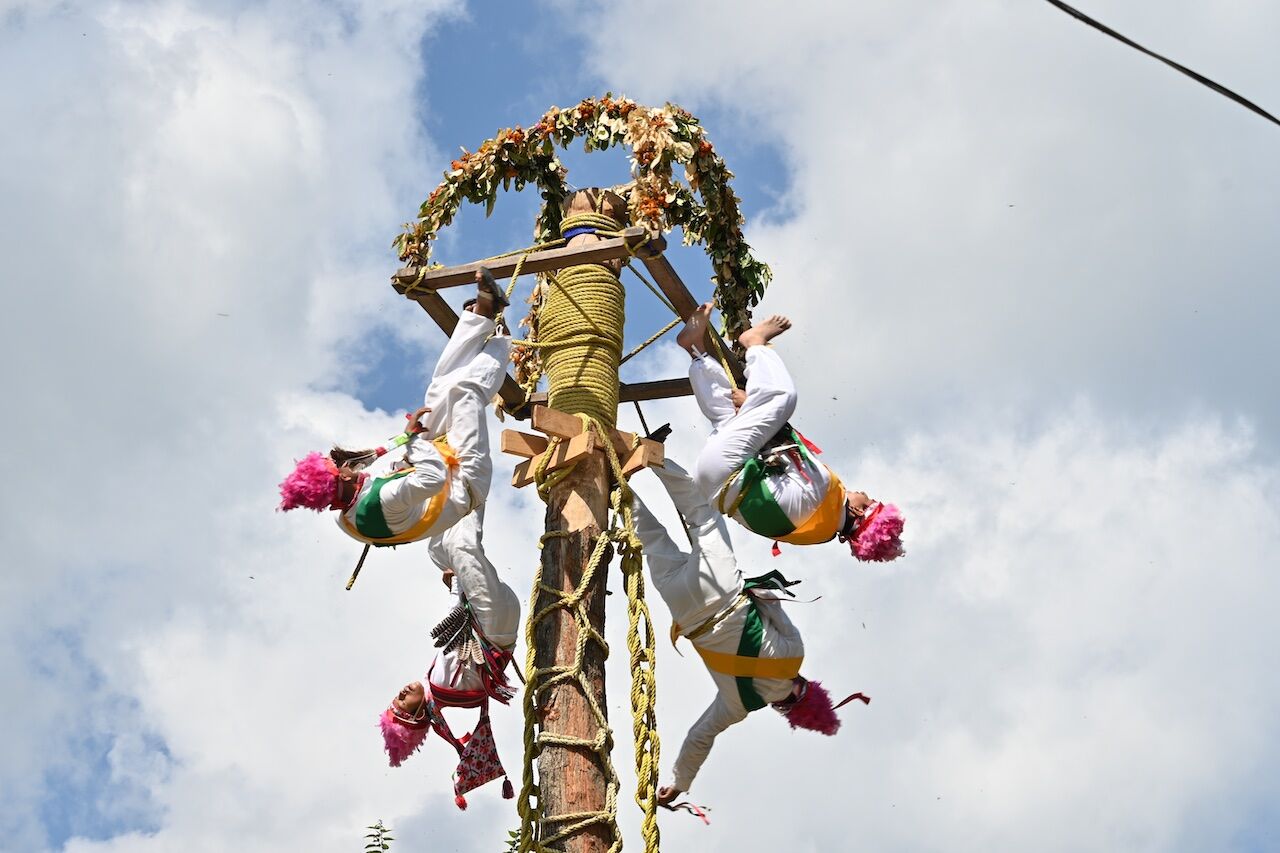

The indigenous communities of La Huasteca — a region in Central Mexico that spans through San Luis Potosí, Veracruz, Hidalgo, and Tamaulipas — celebrate Xantolo. This is a community celebration of Nahua and Teenek origins with specific rituals that set it apart from other Día de los Muertos celebrations in Mexico. One of its most recognizable aspects is the dance of the huehues, a ritualistic dance where people in wooden masks roam through their neighborhood in search of offerings.